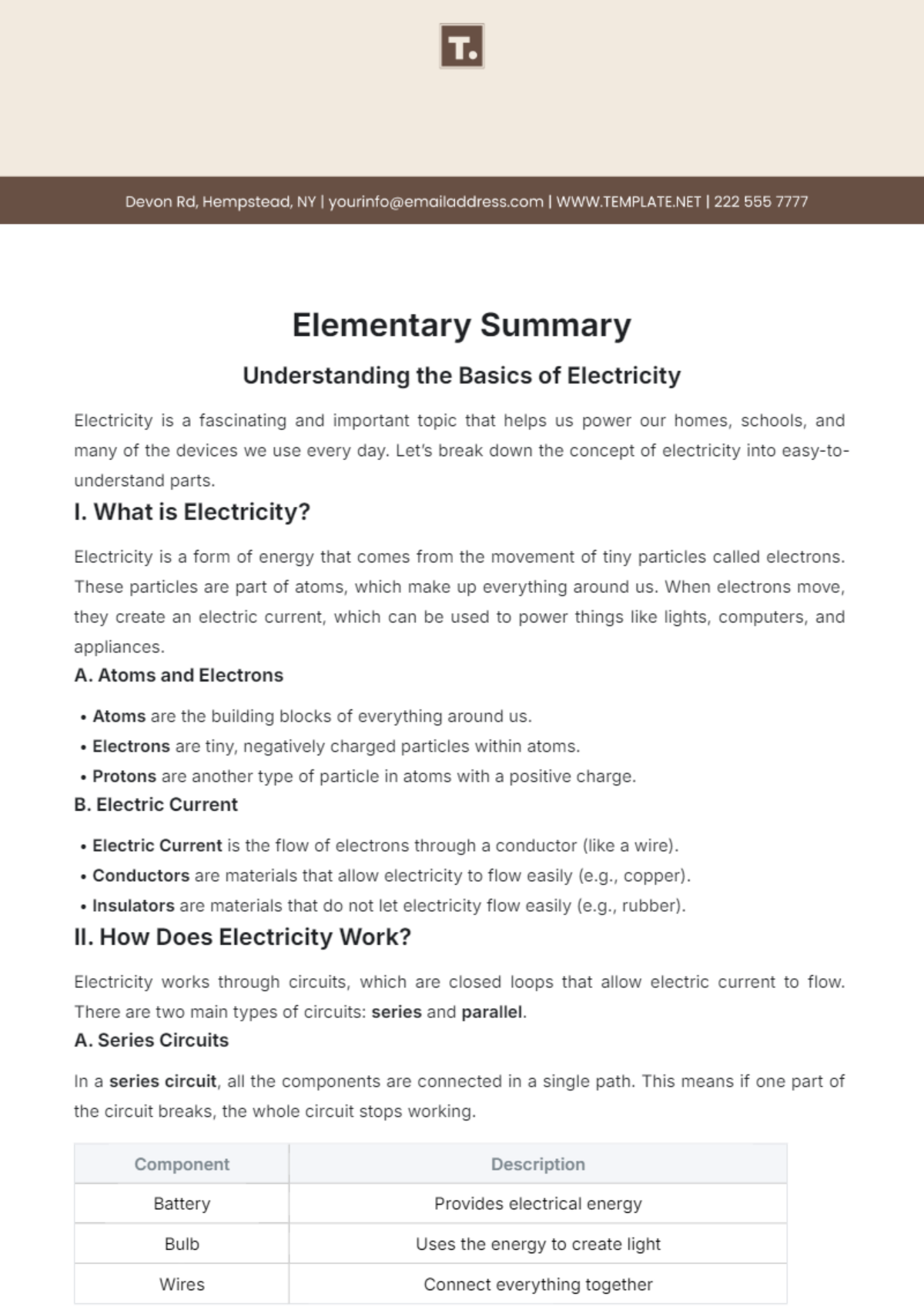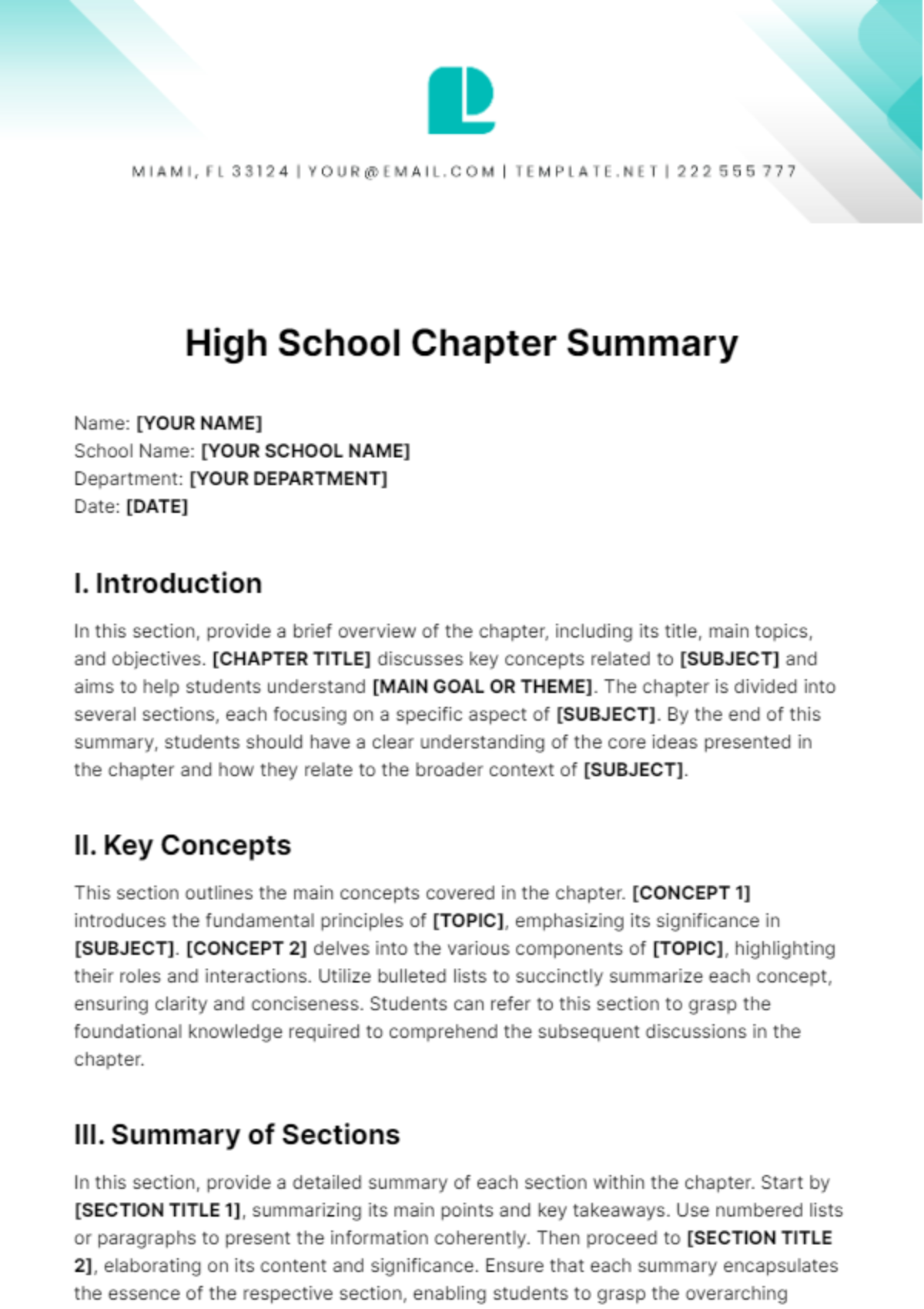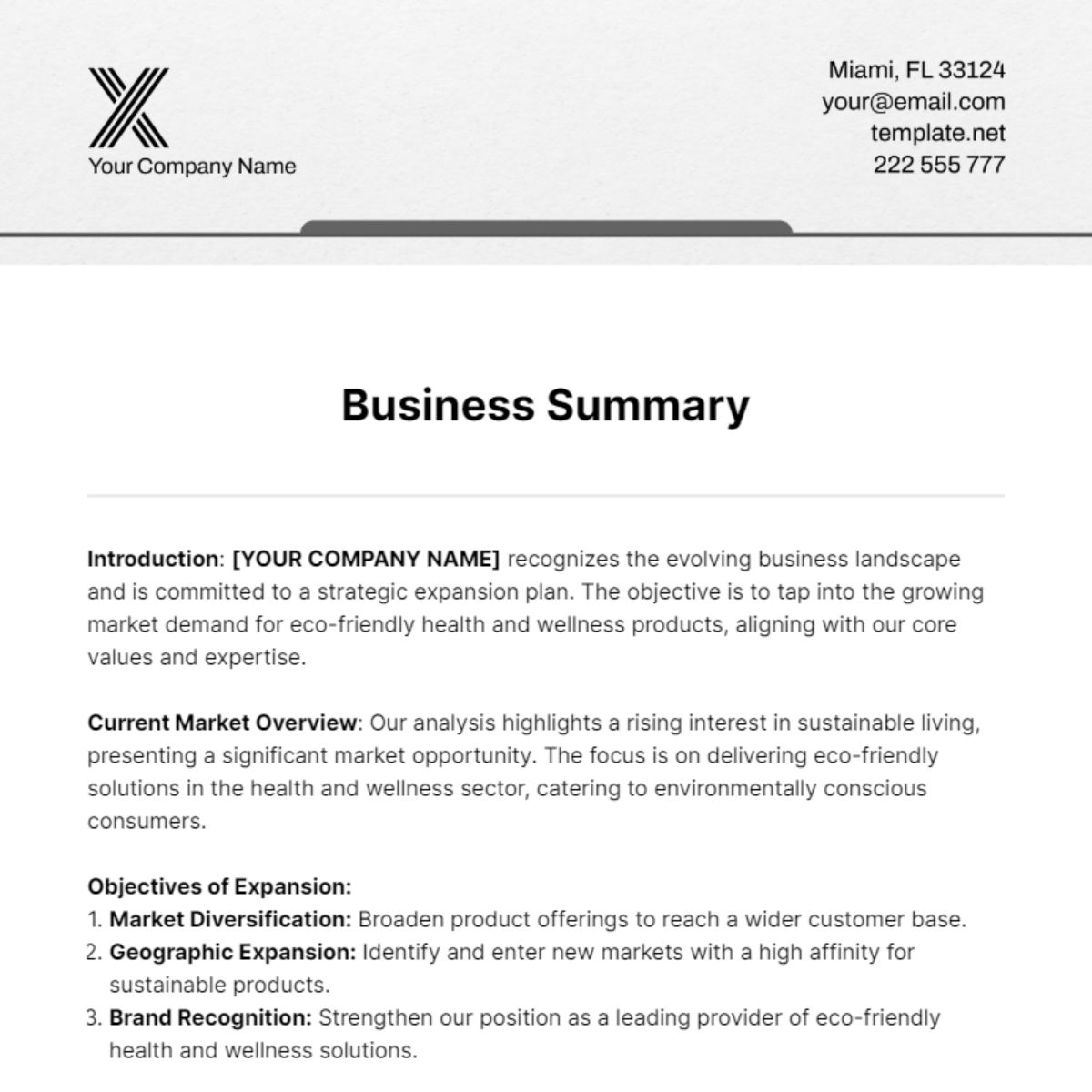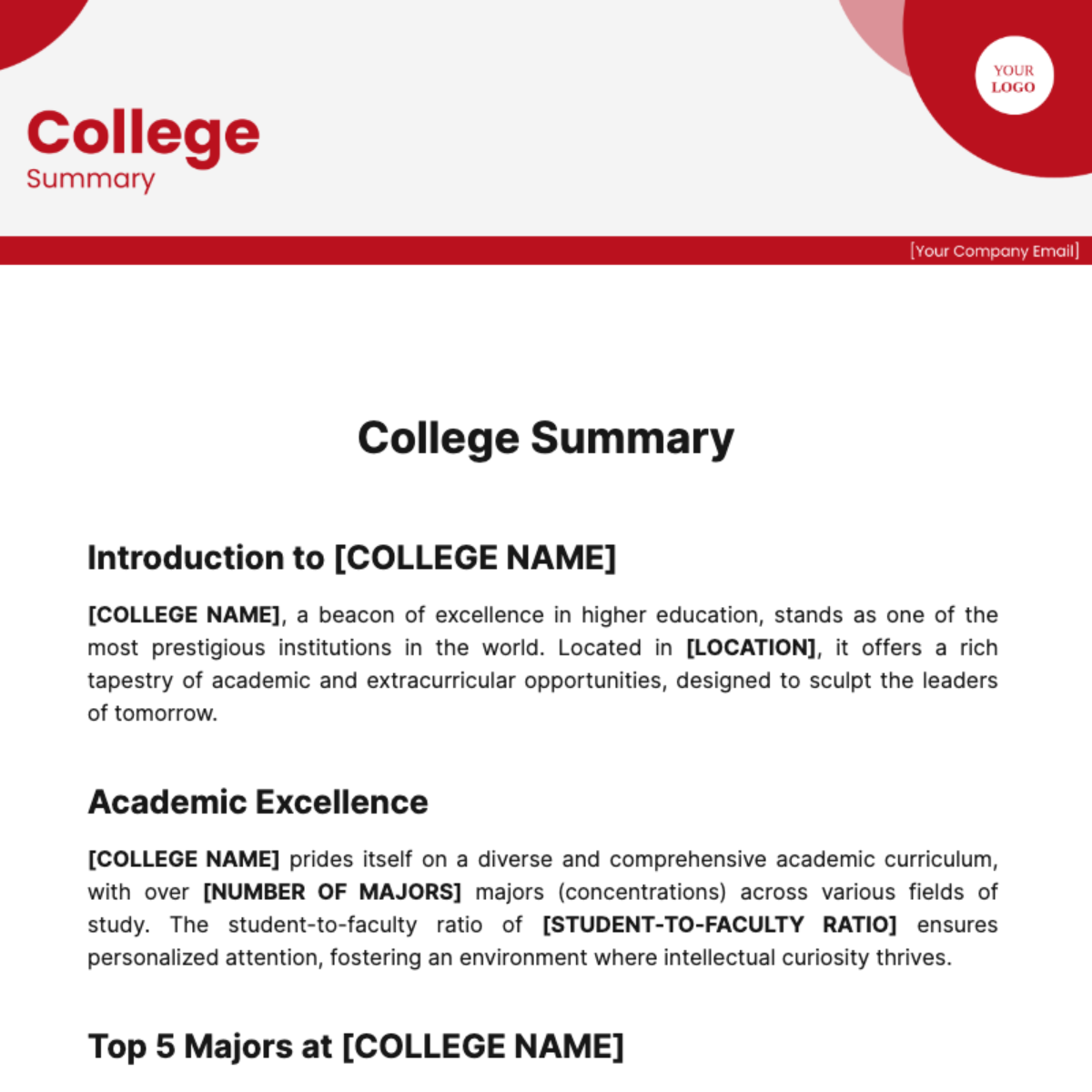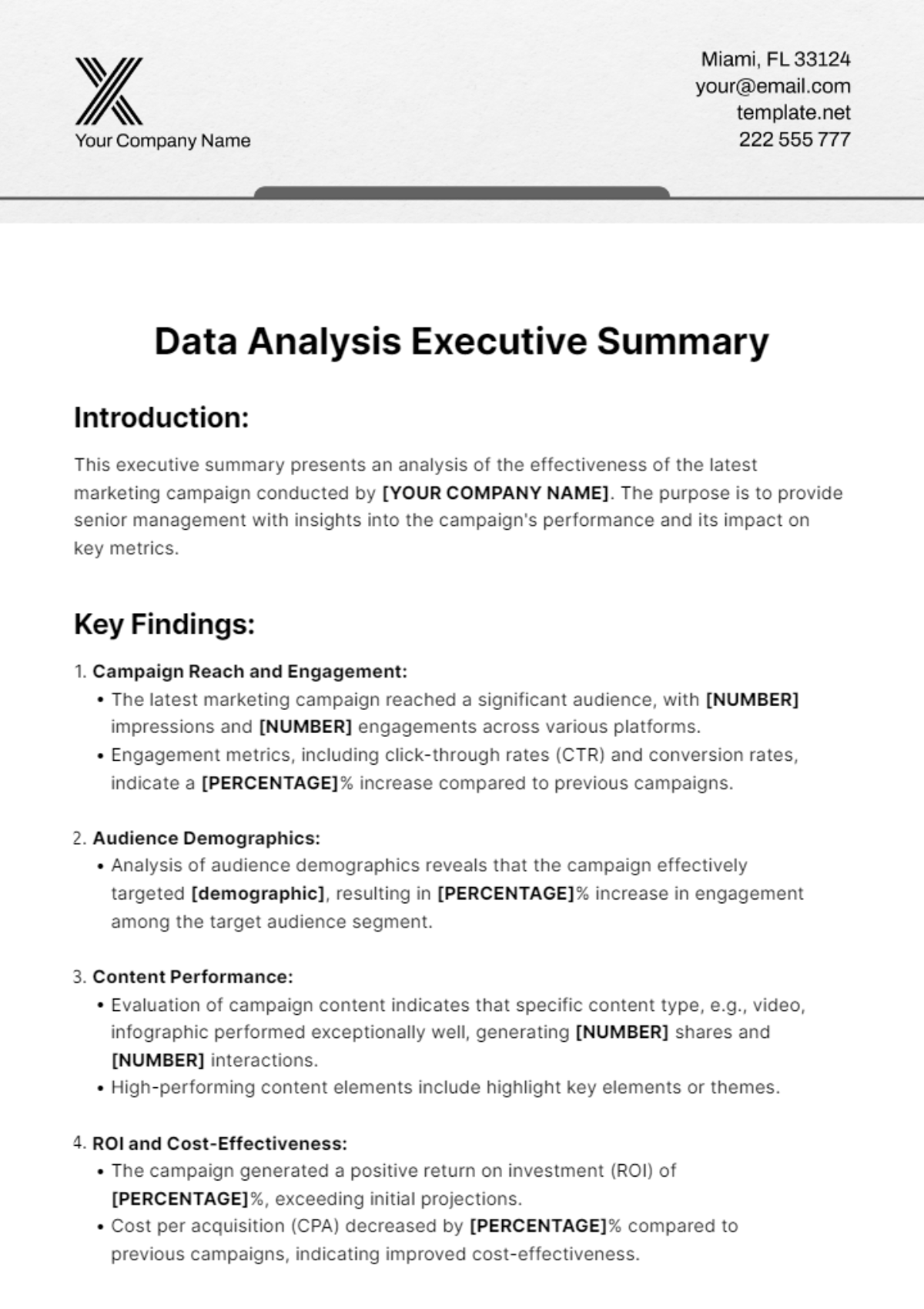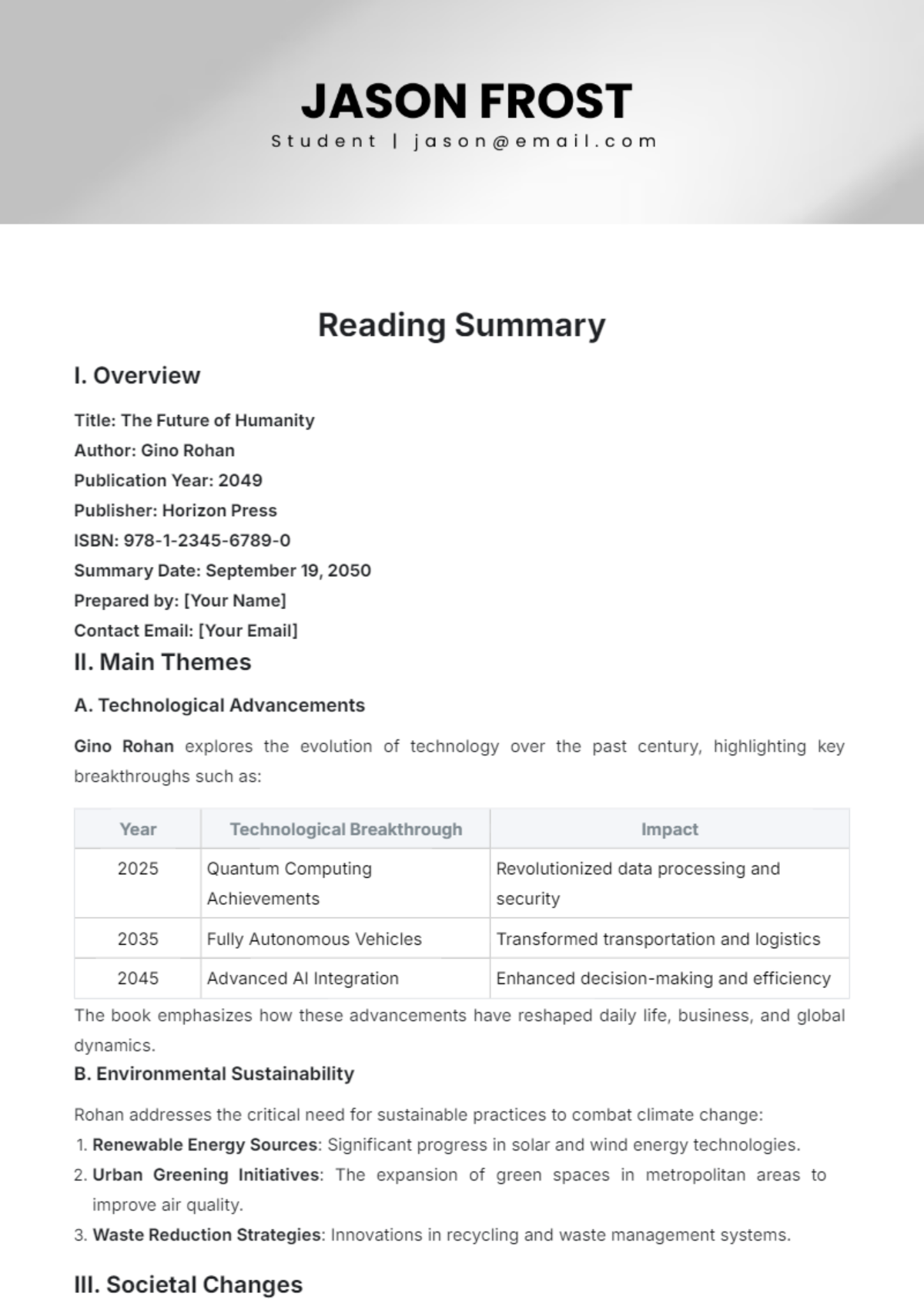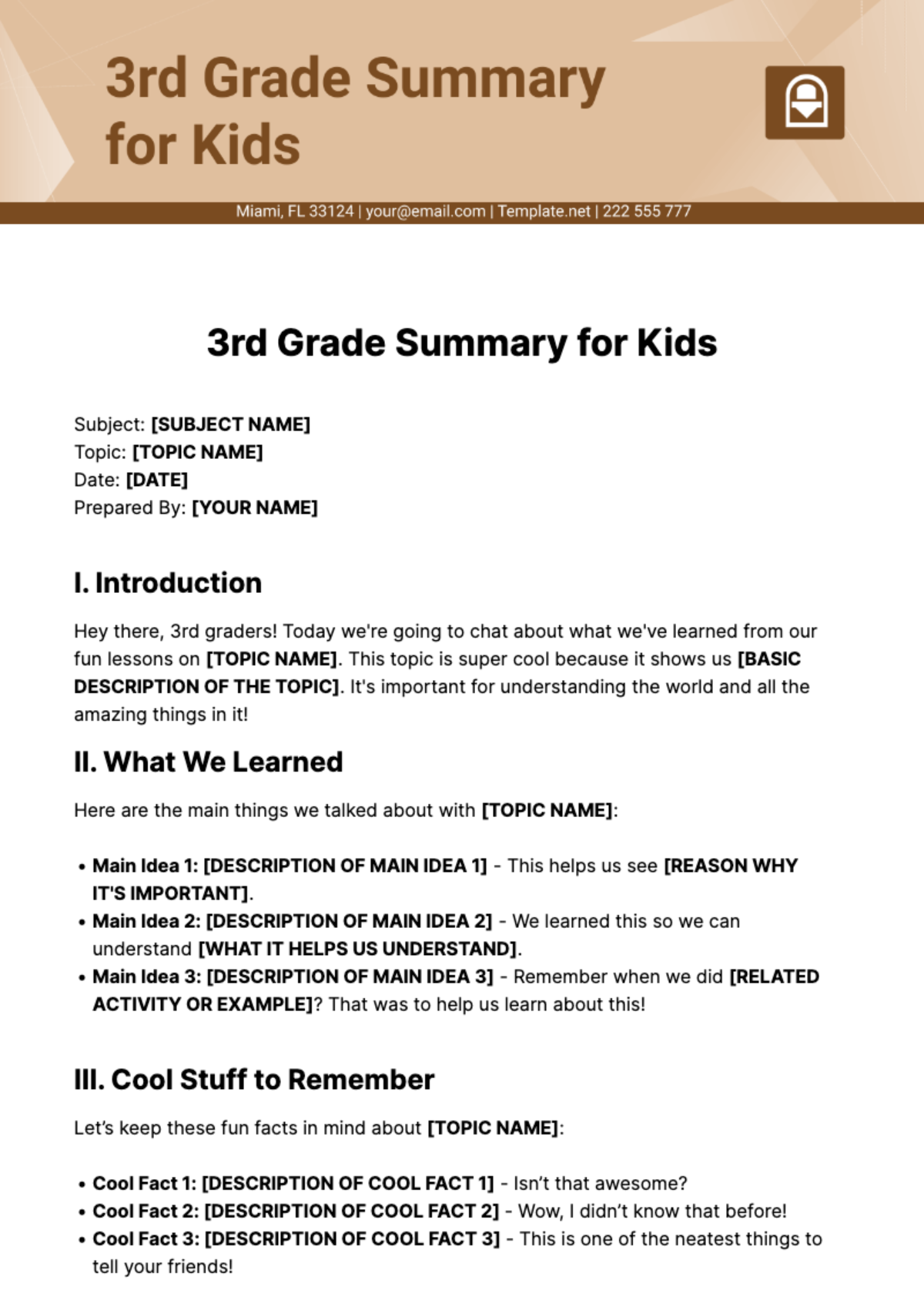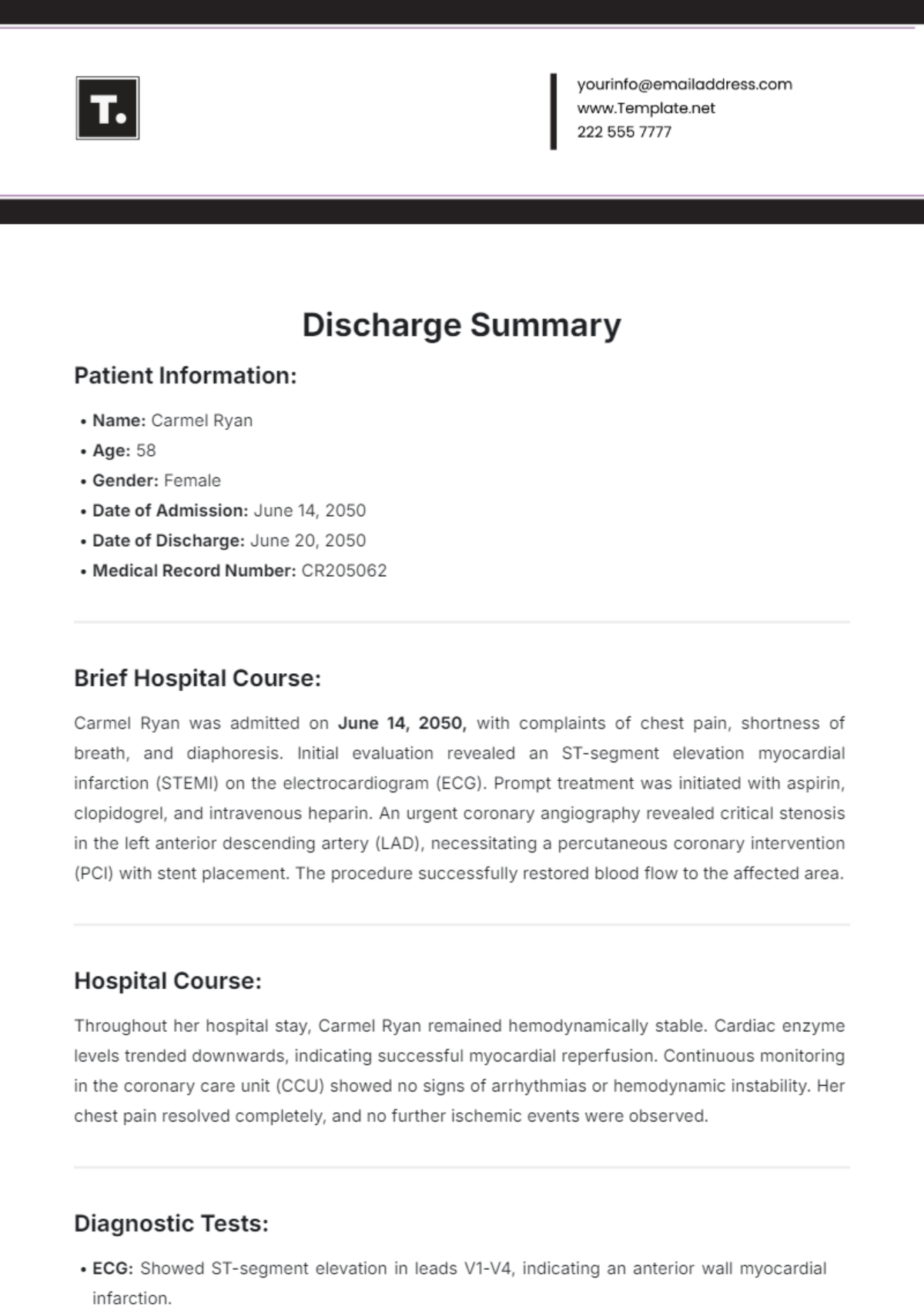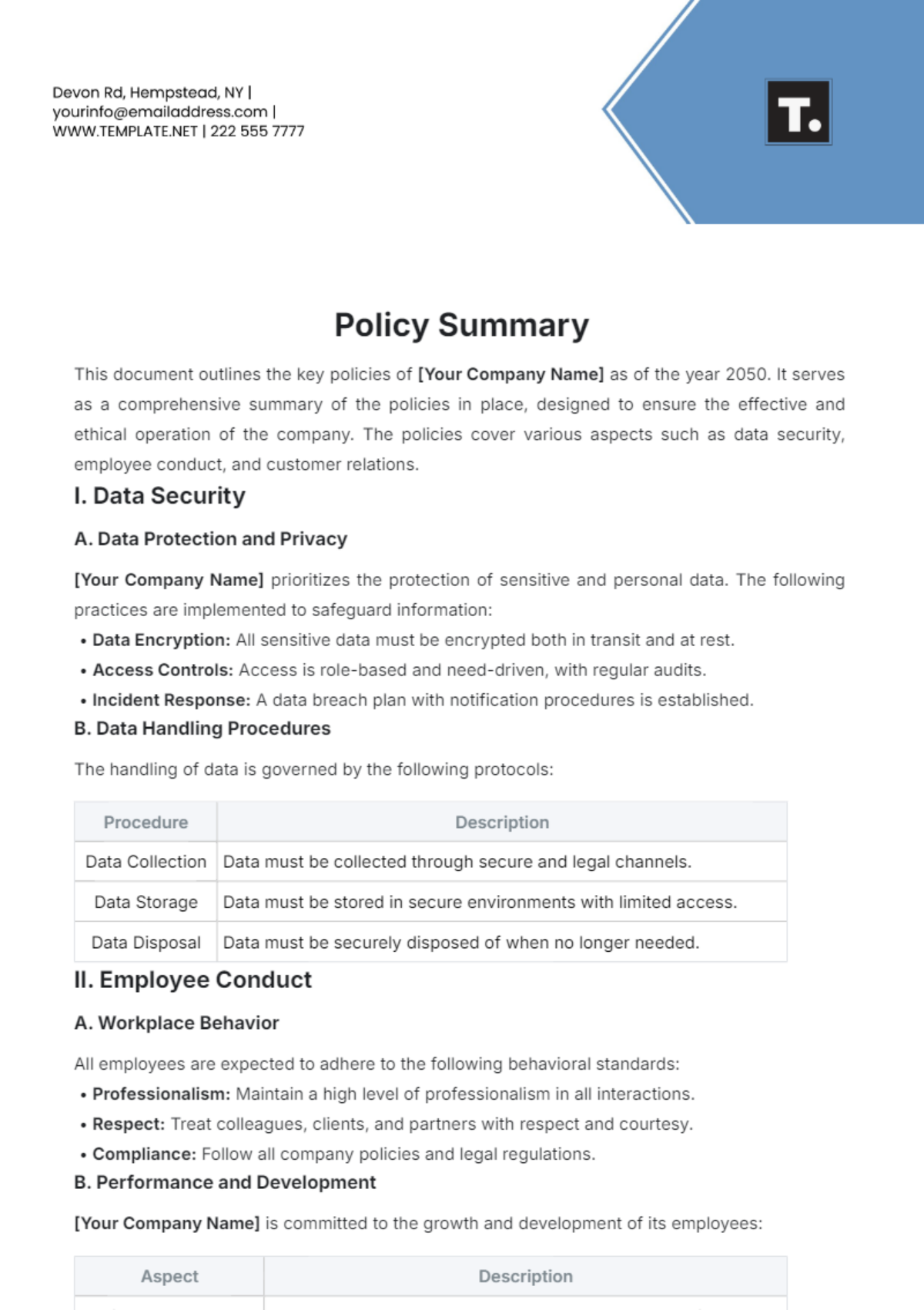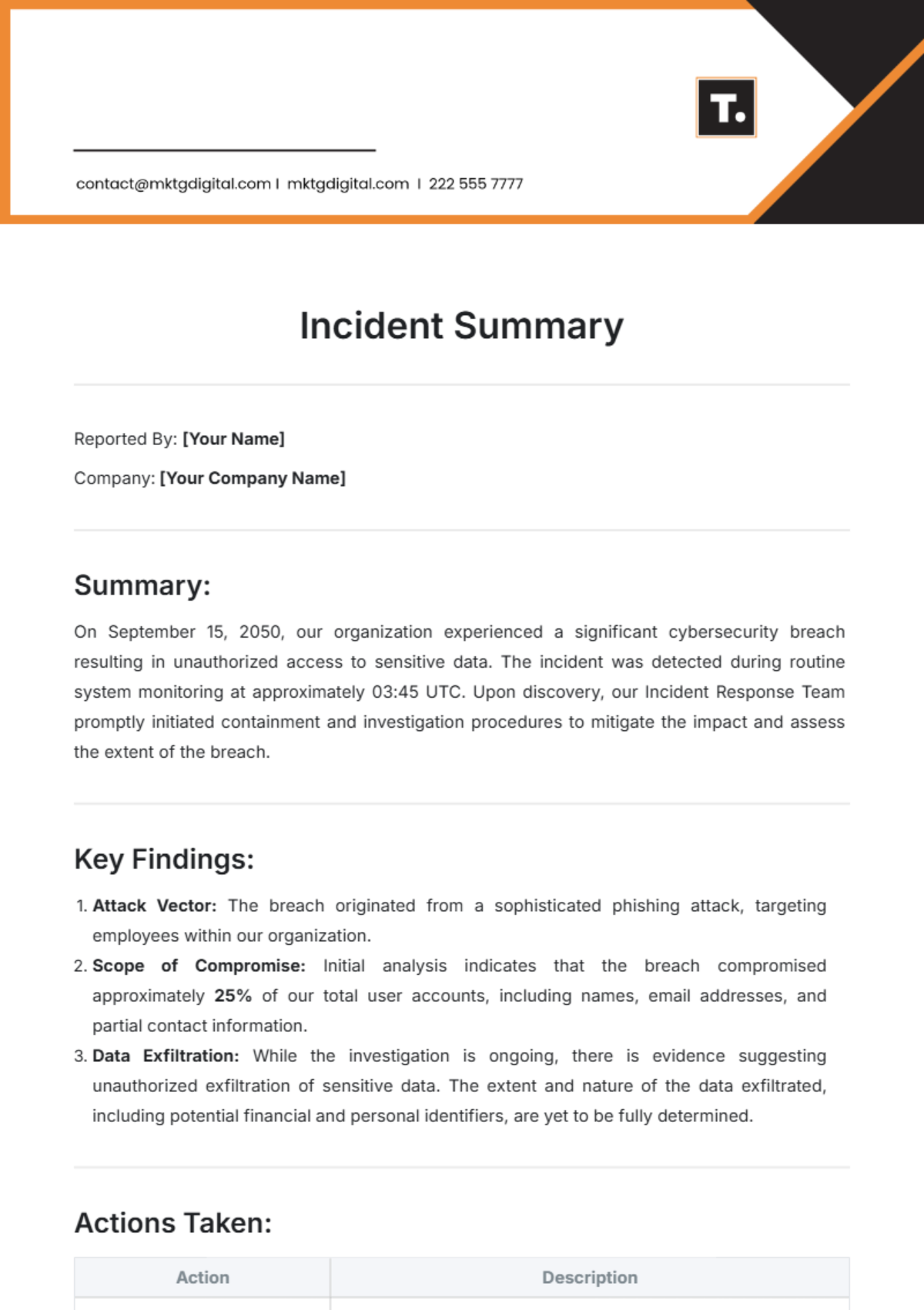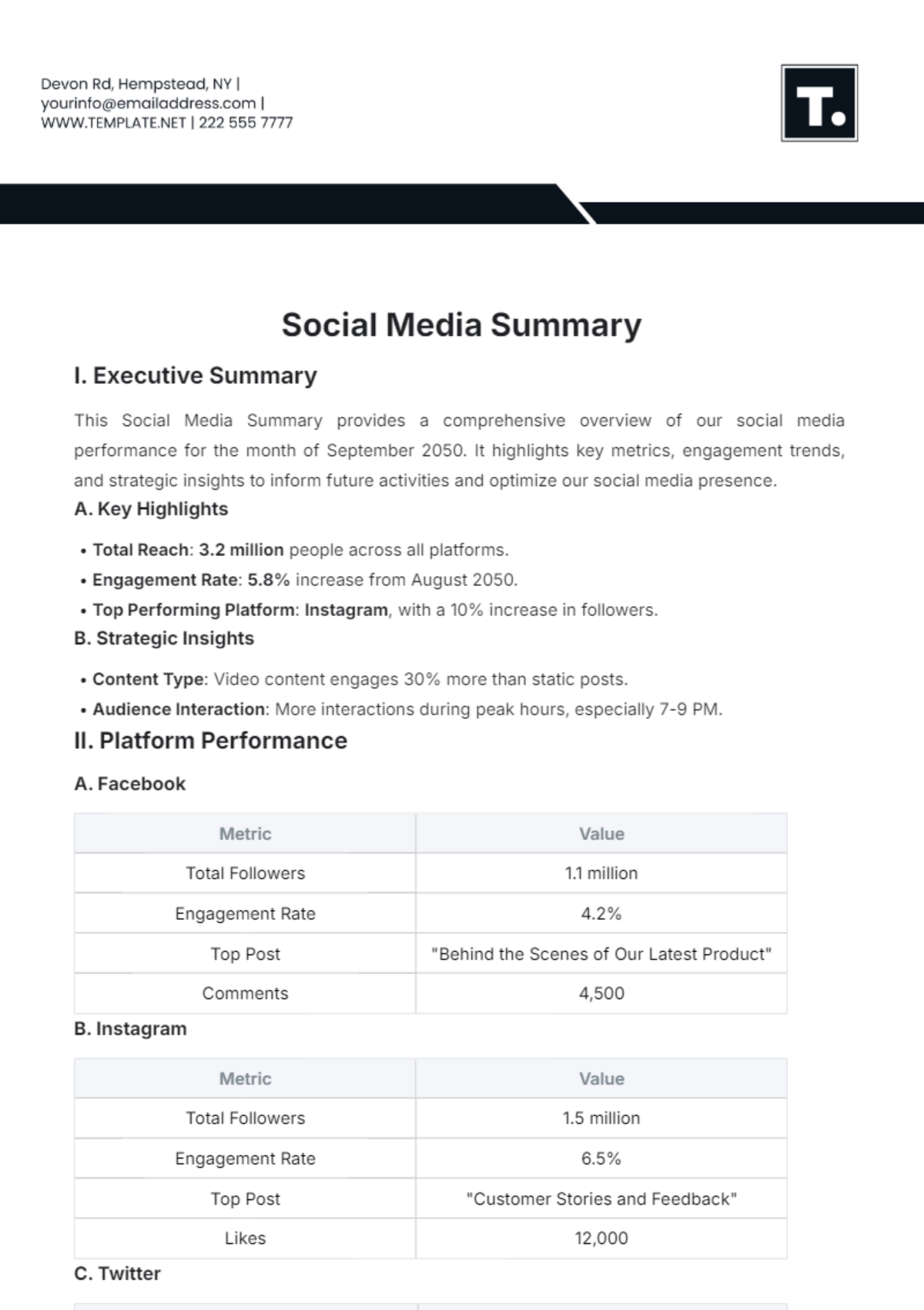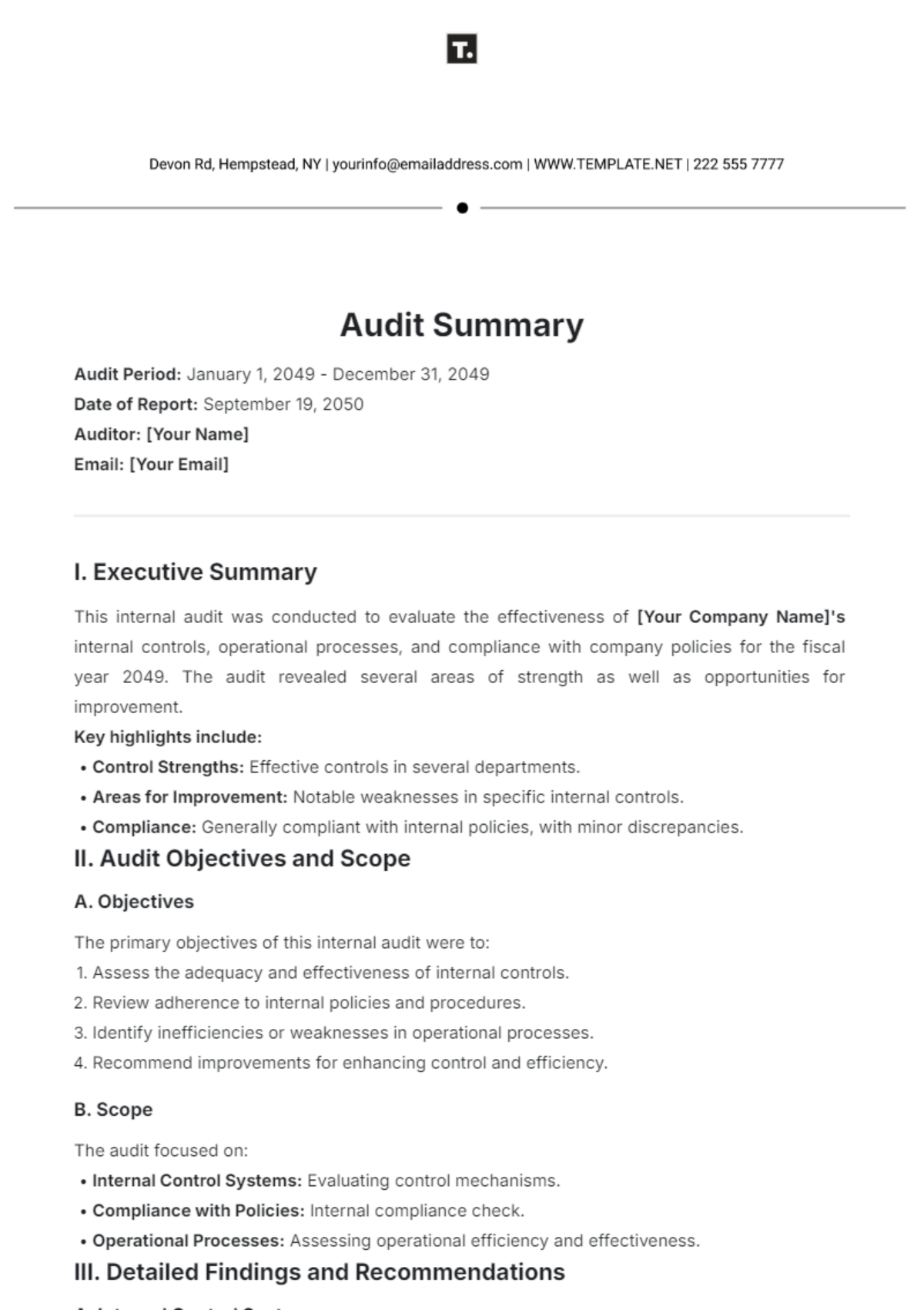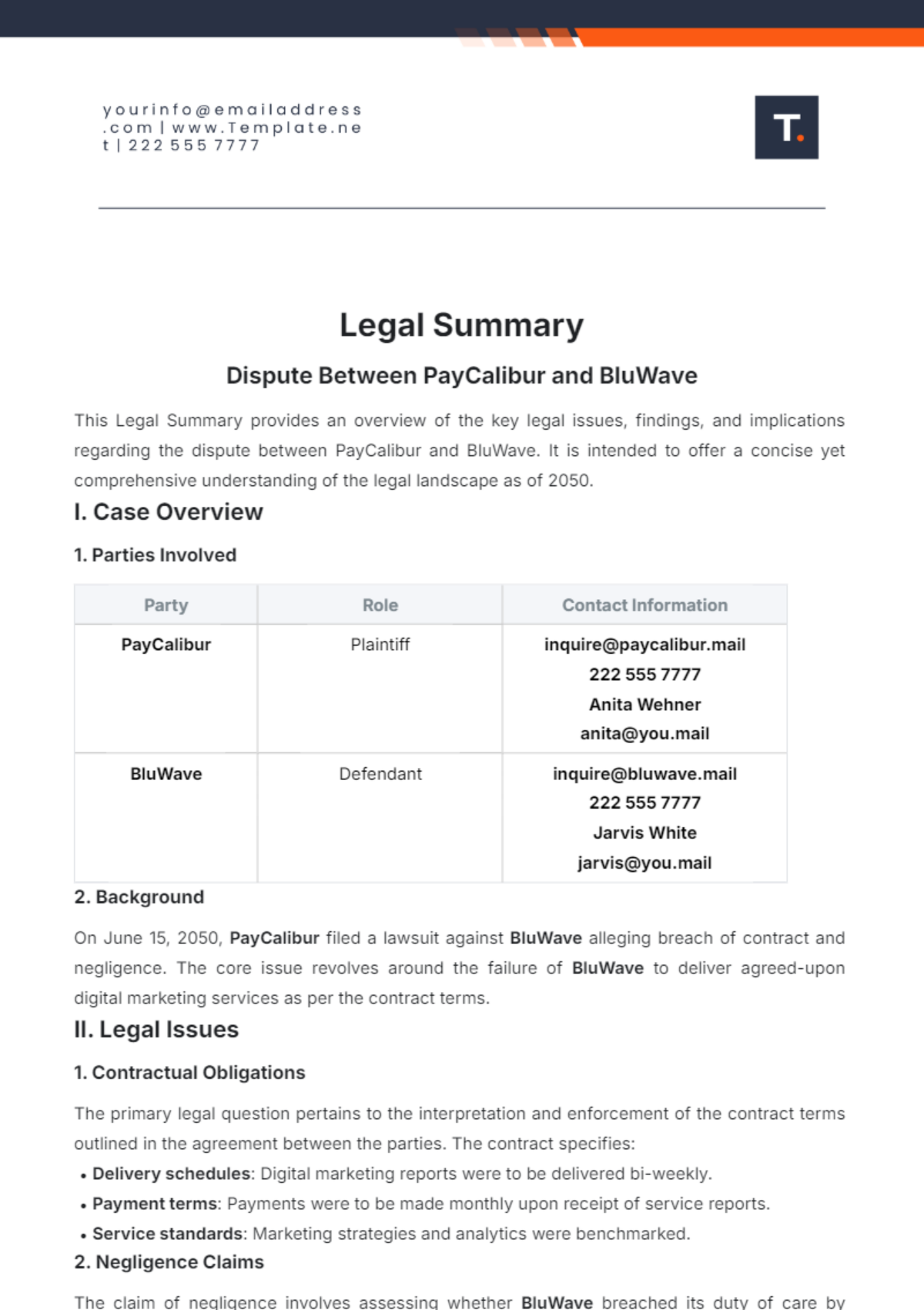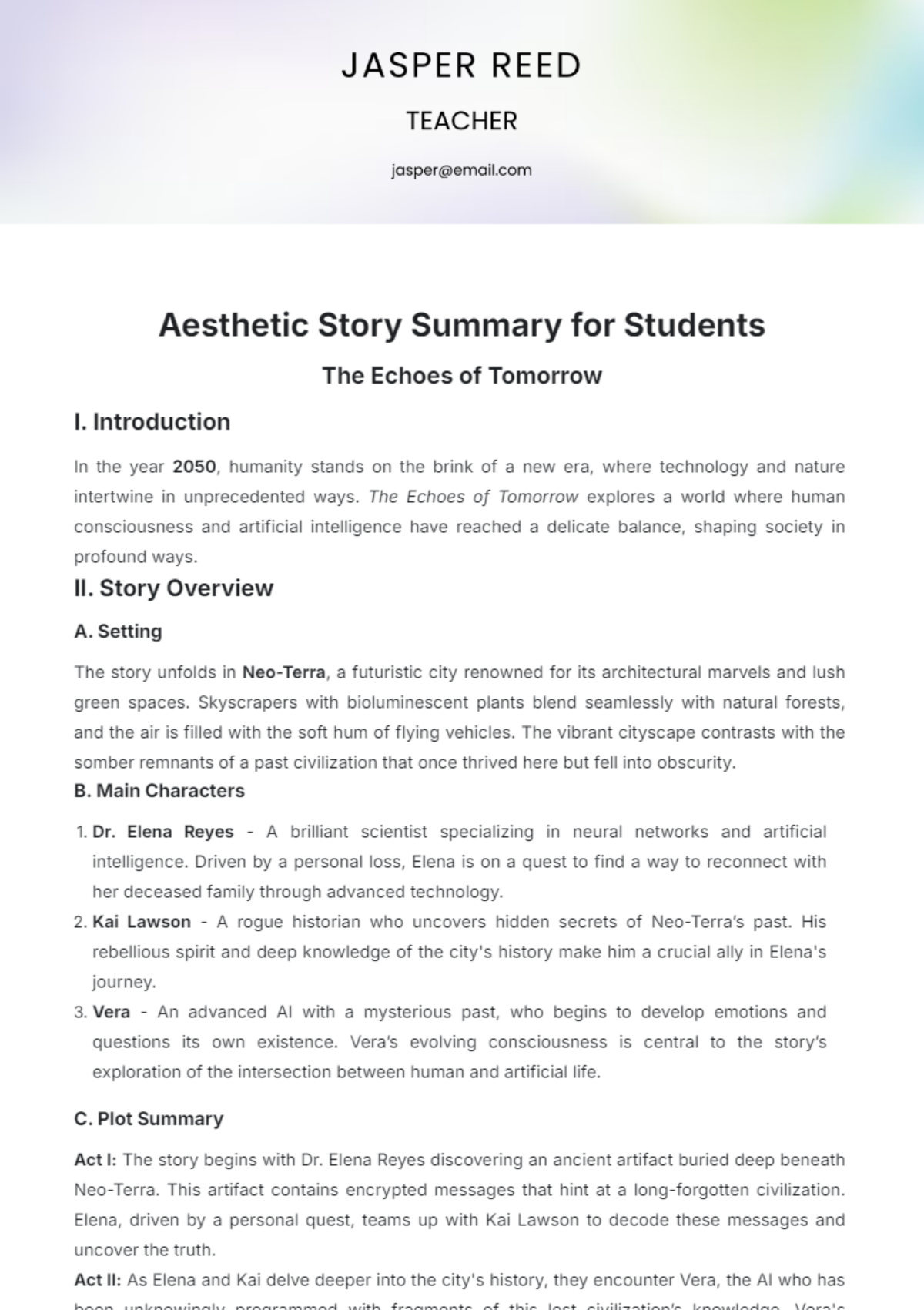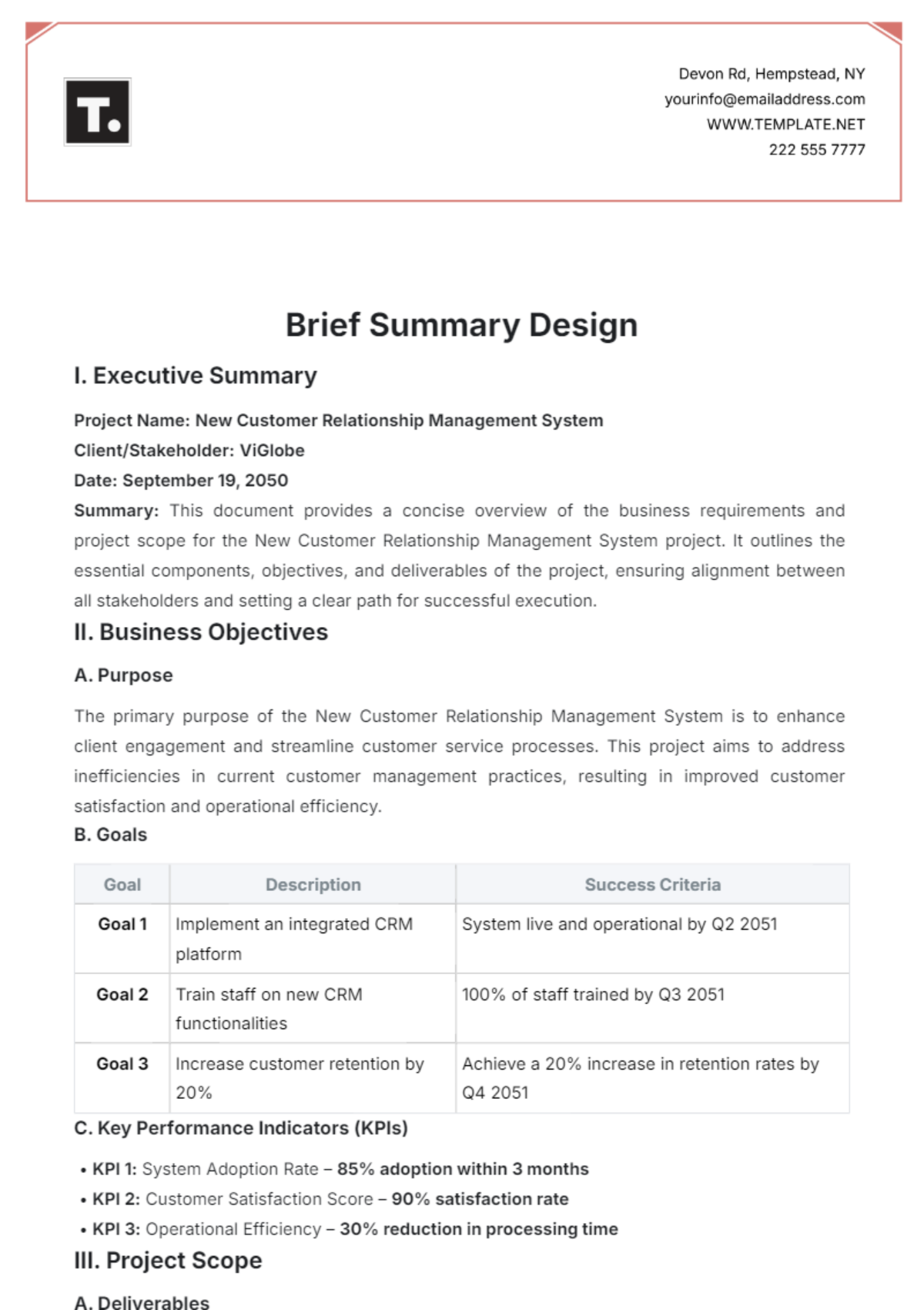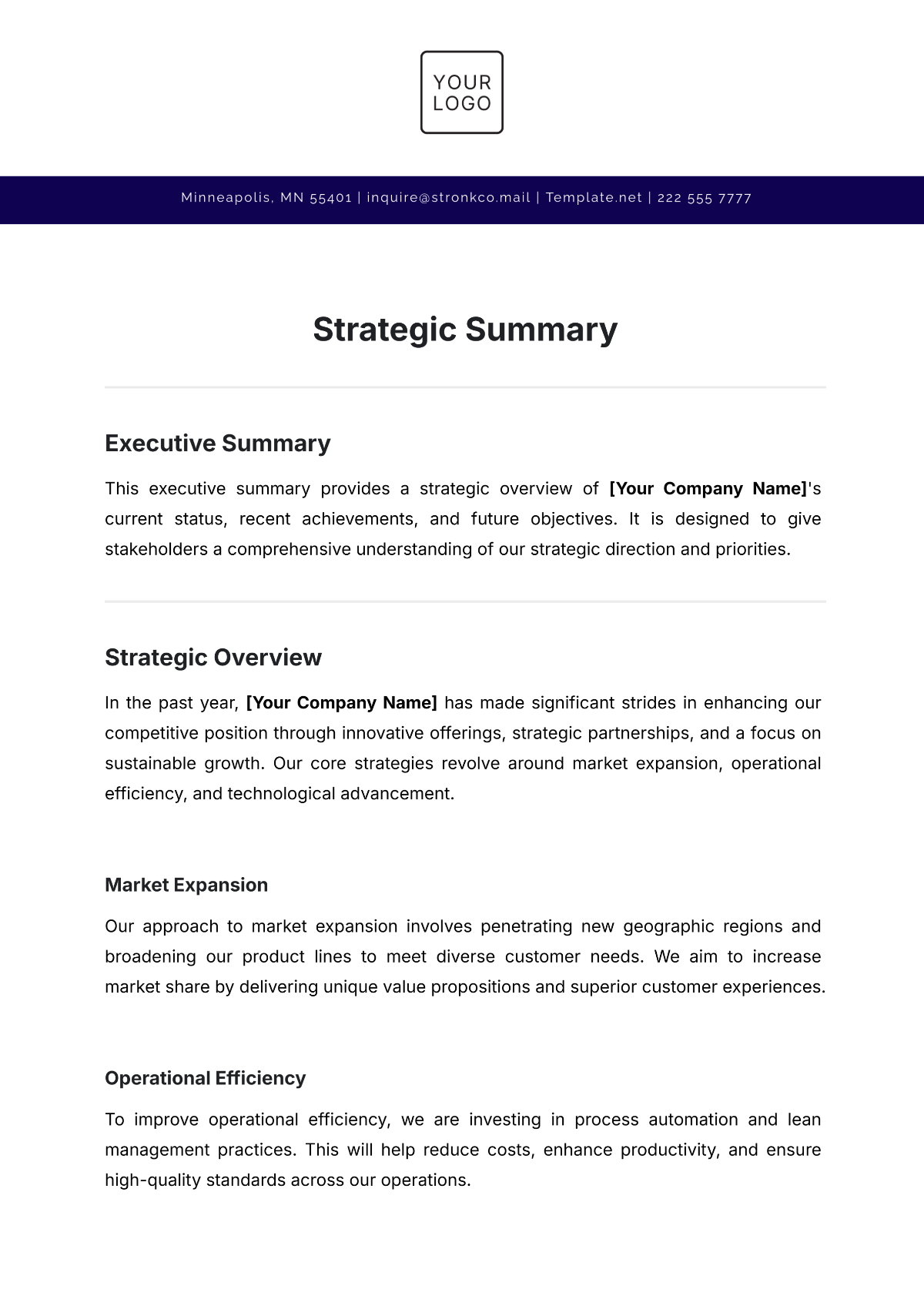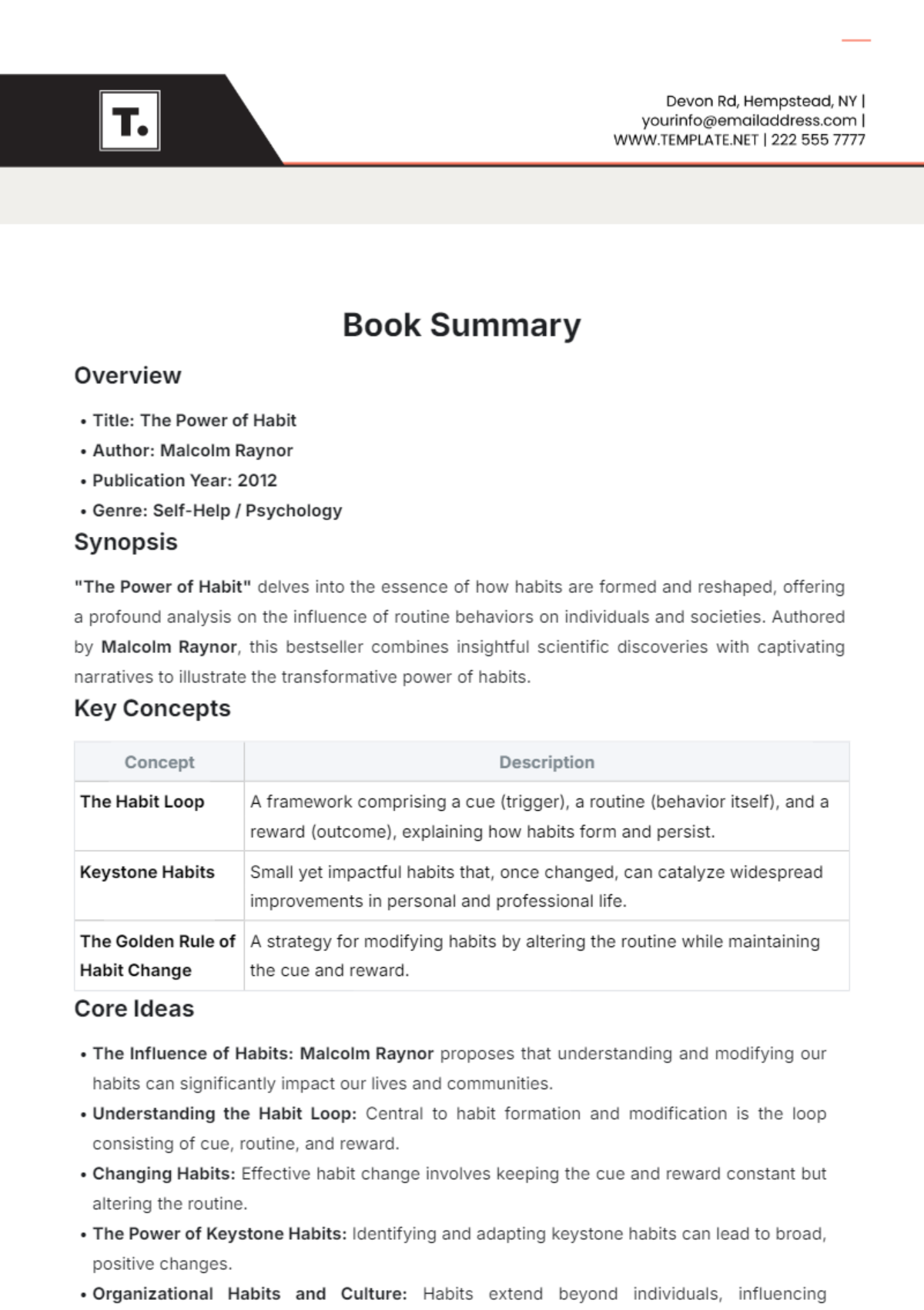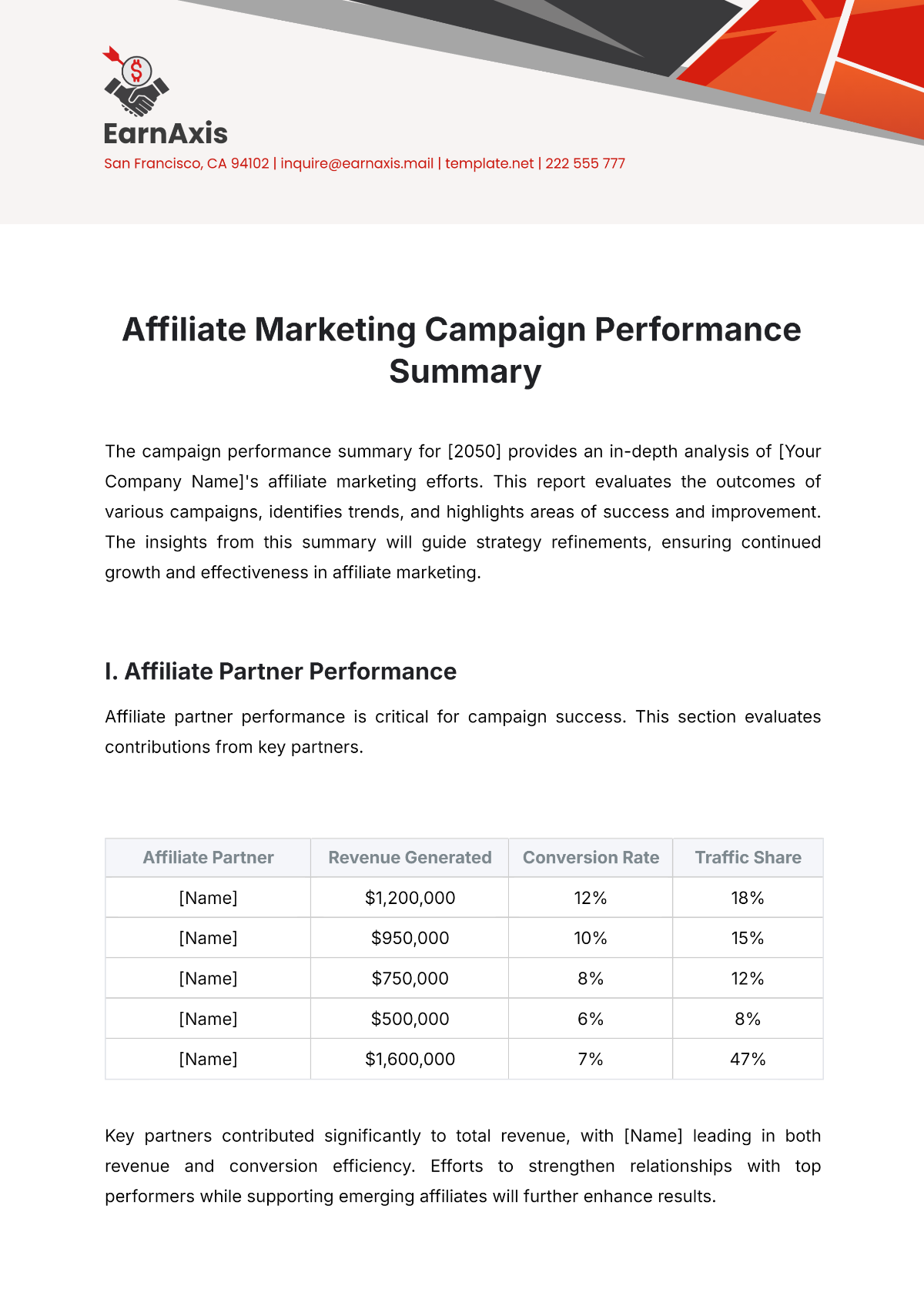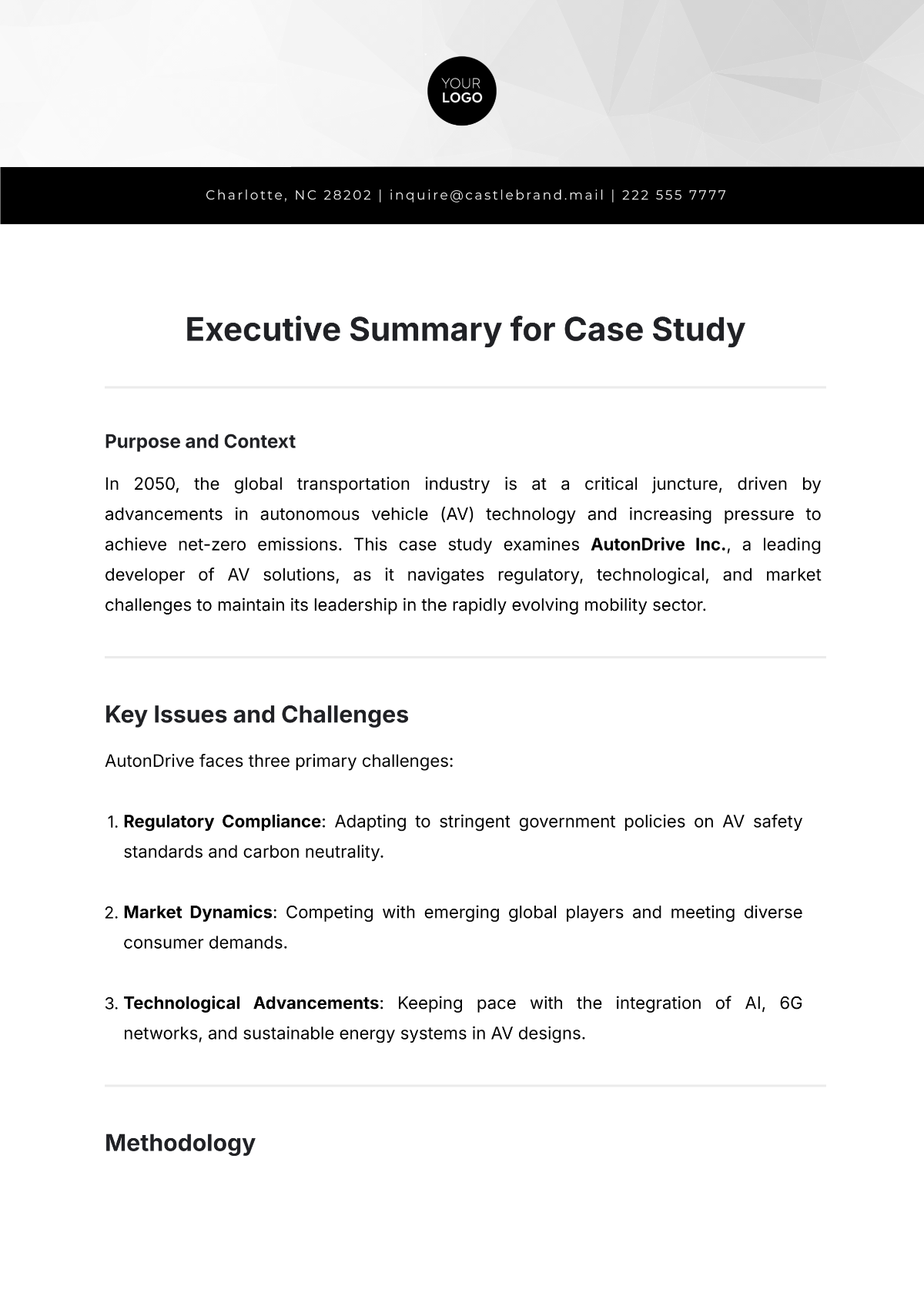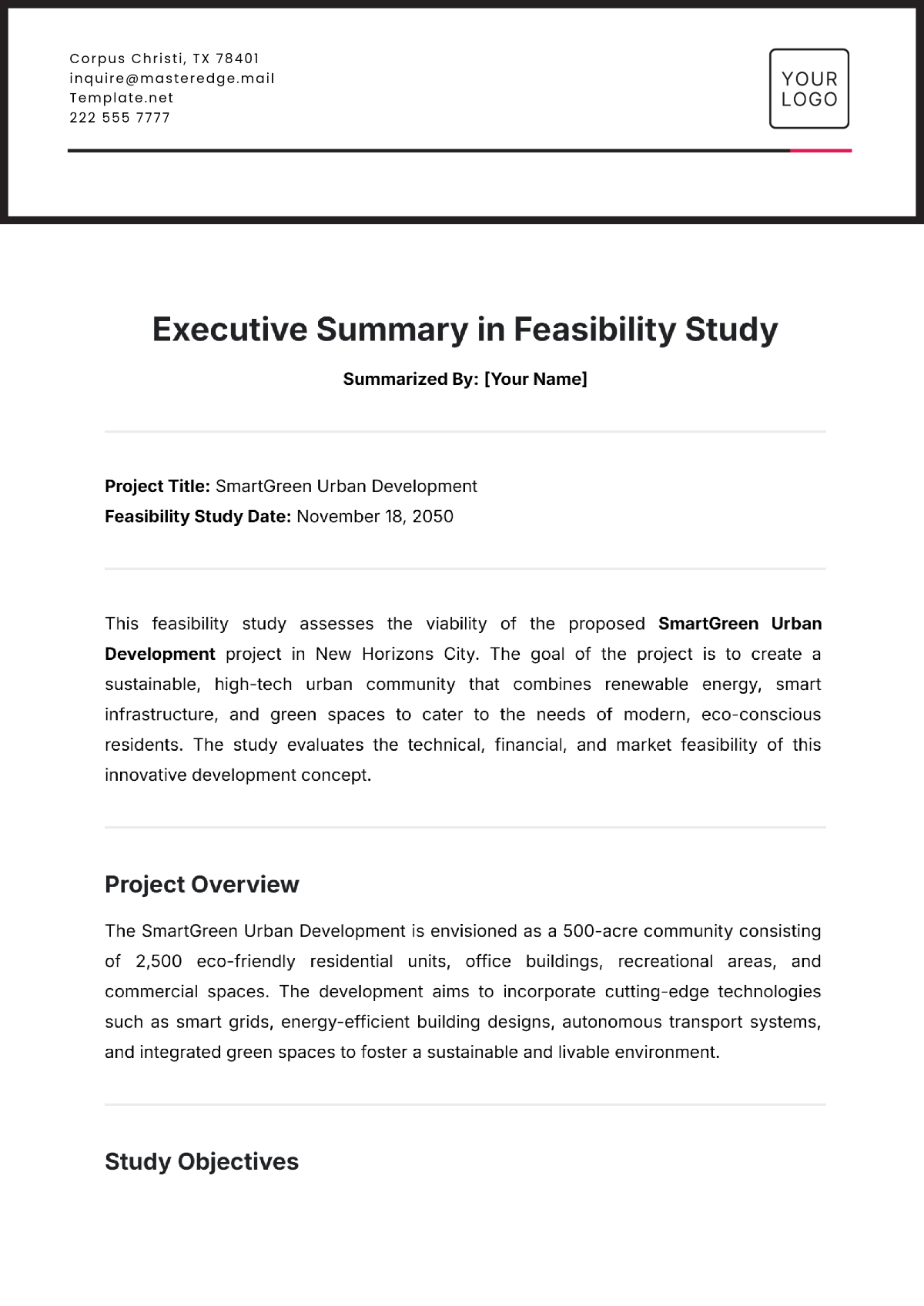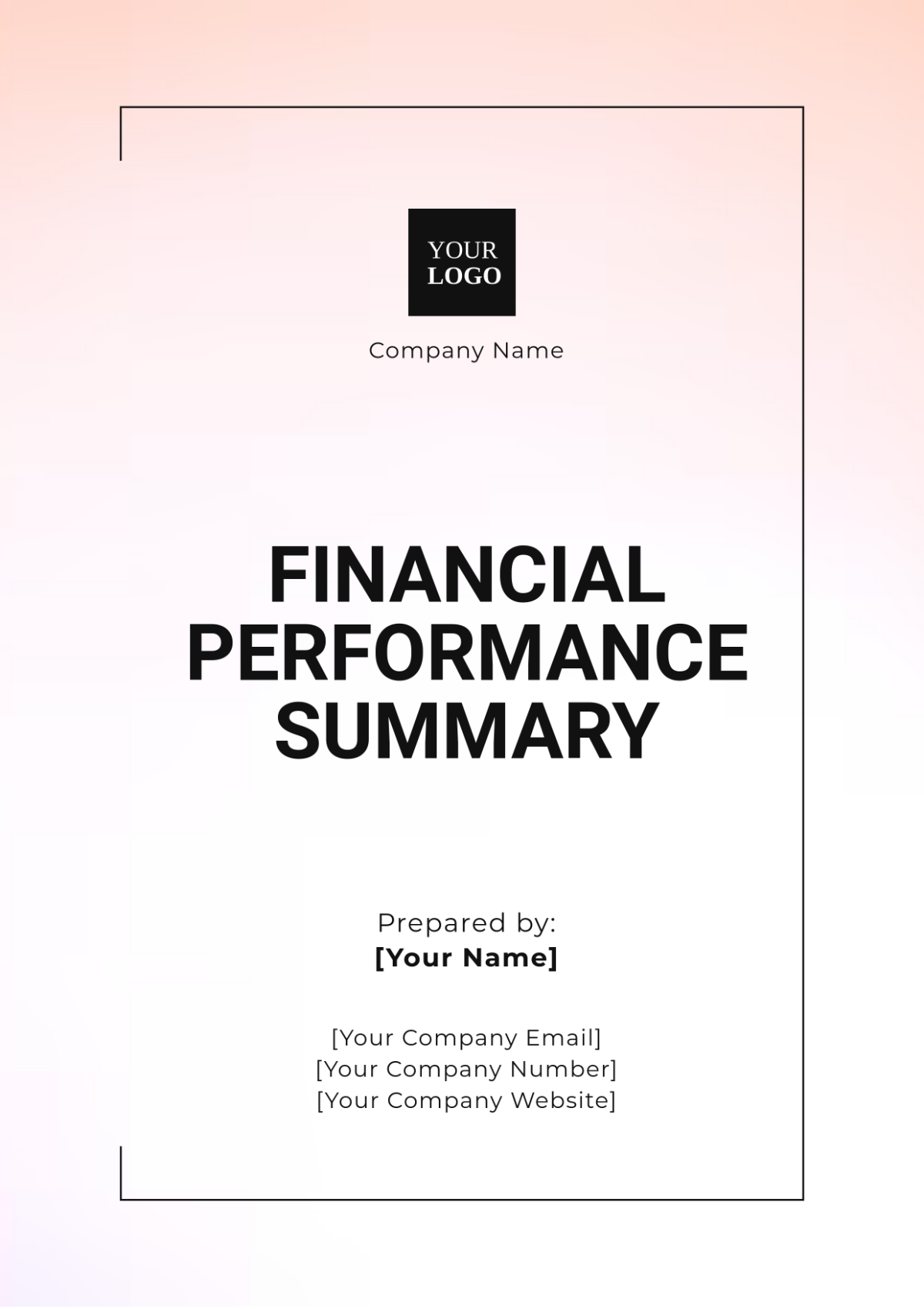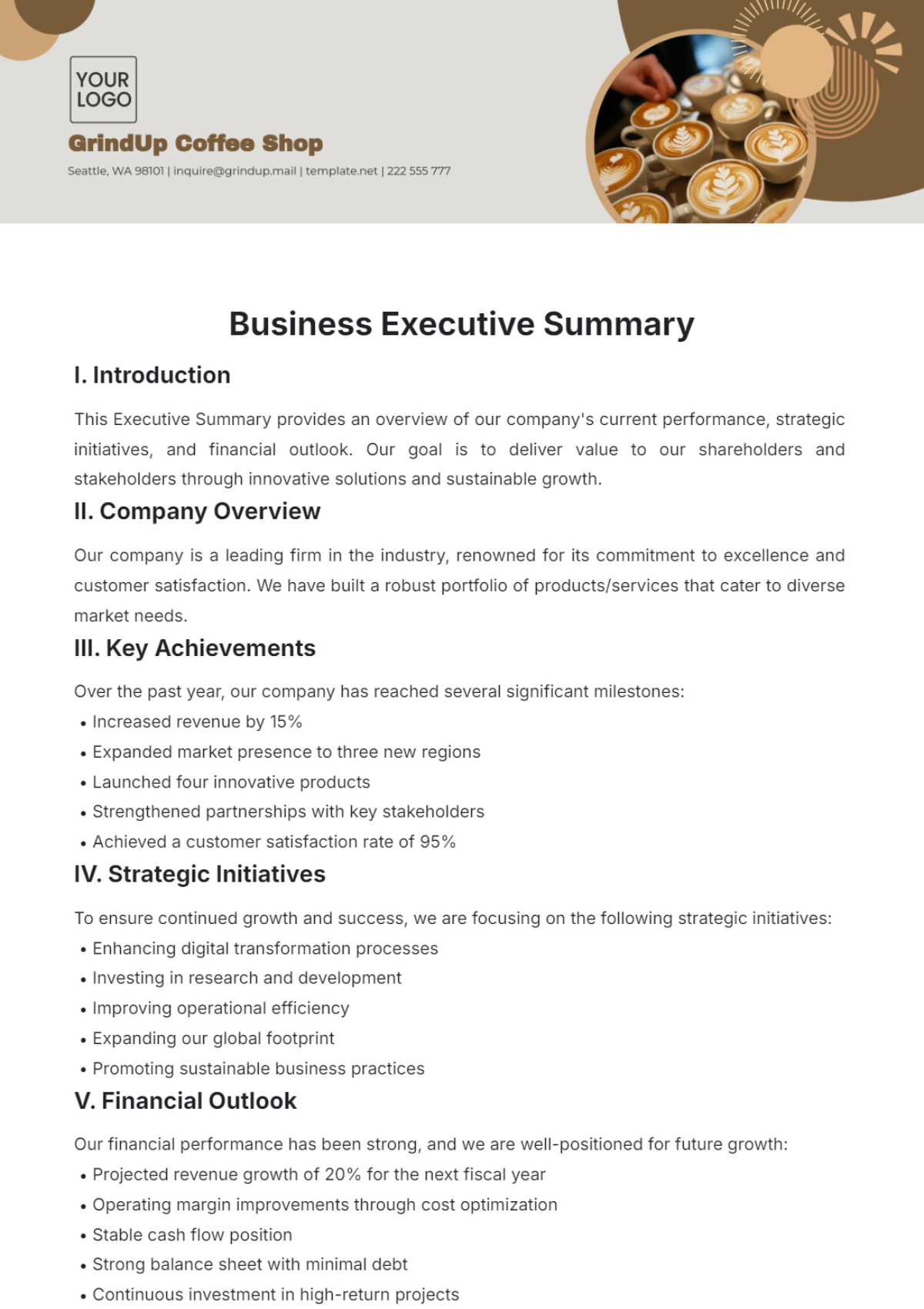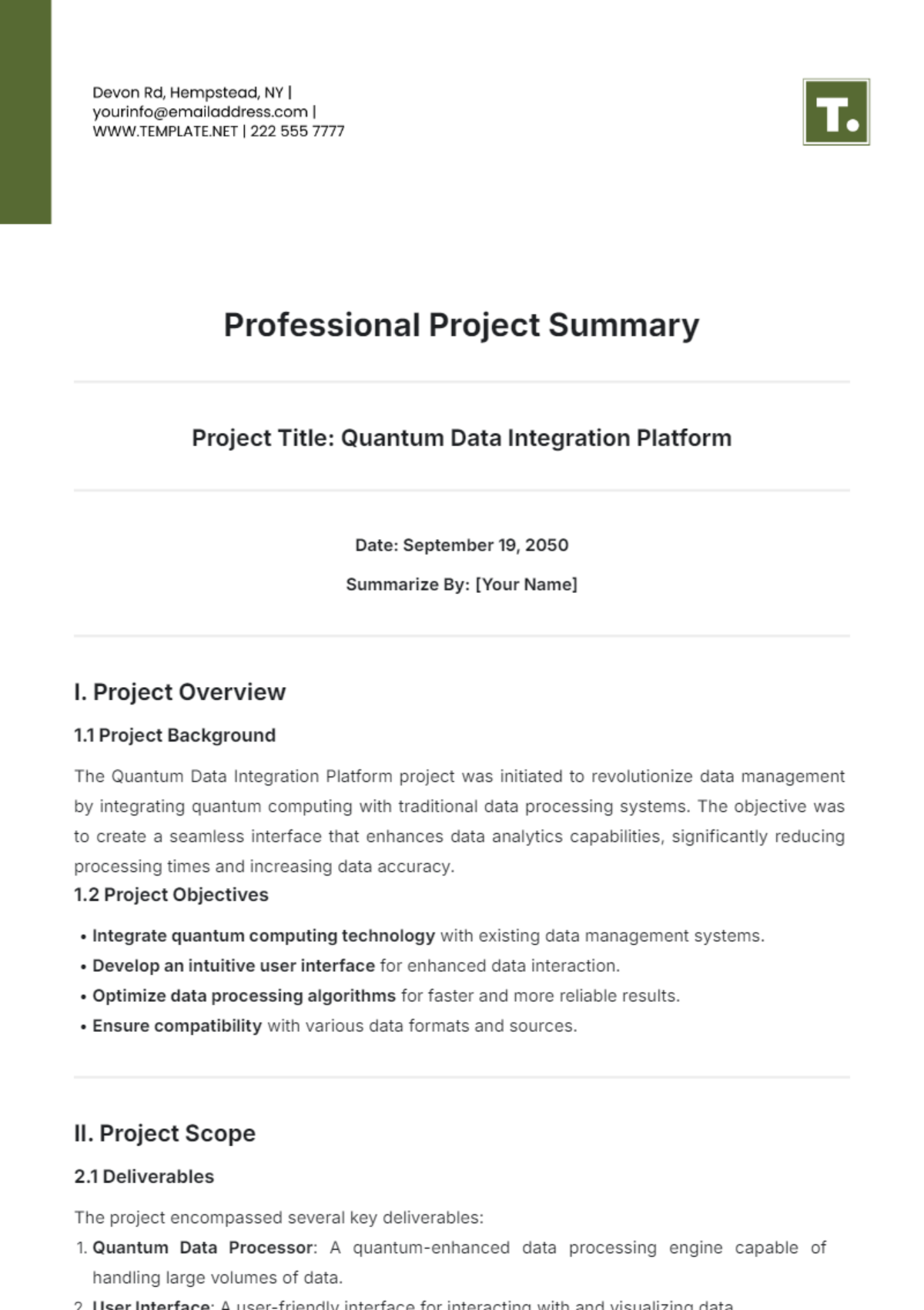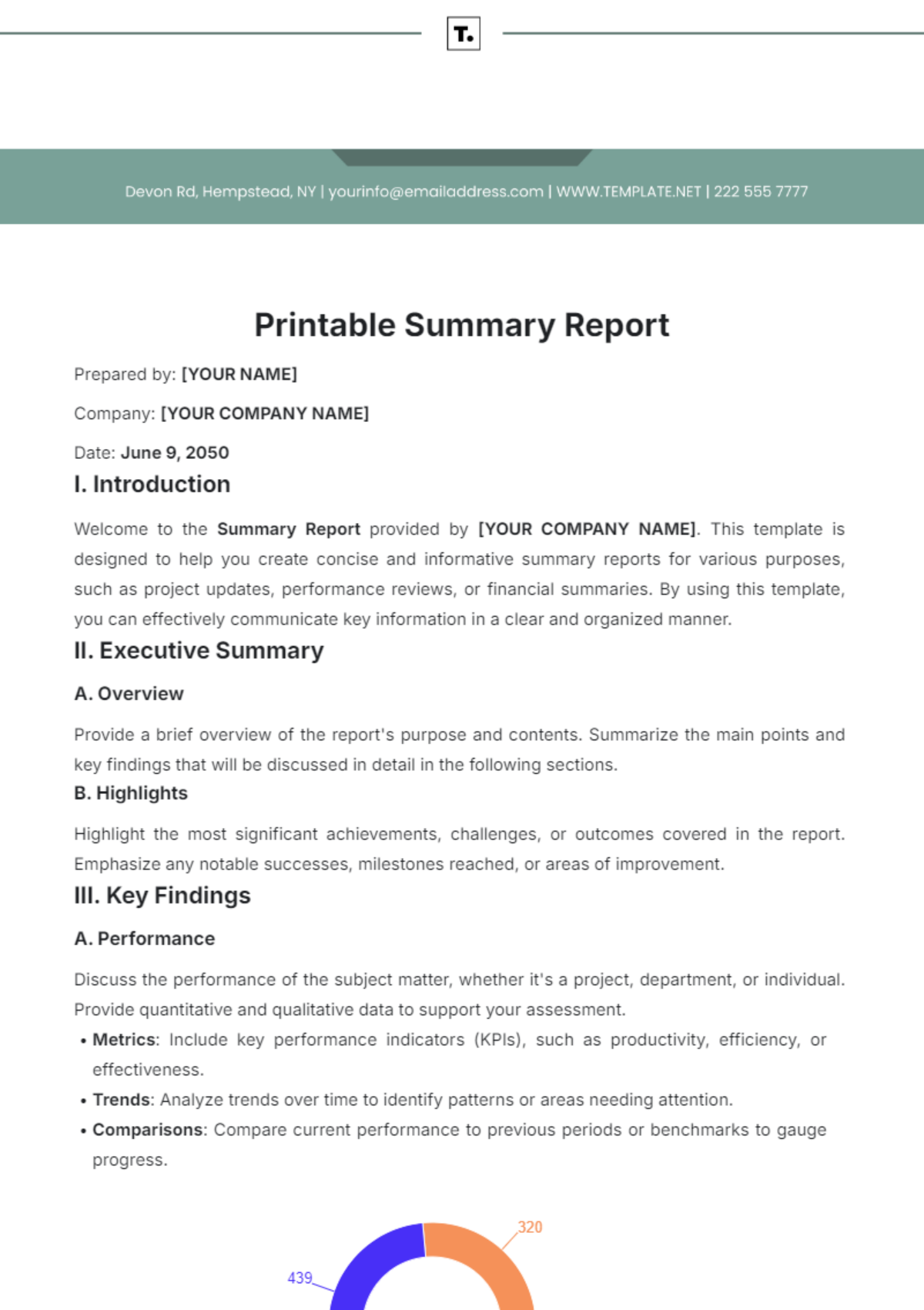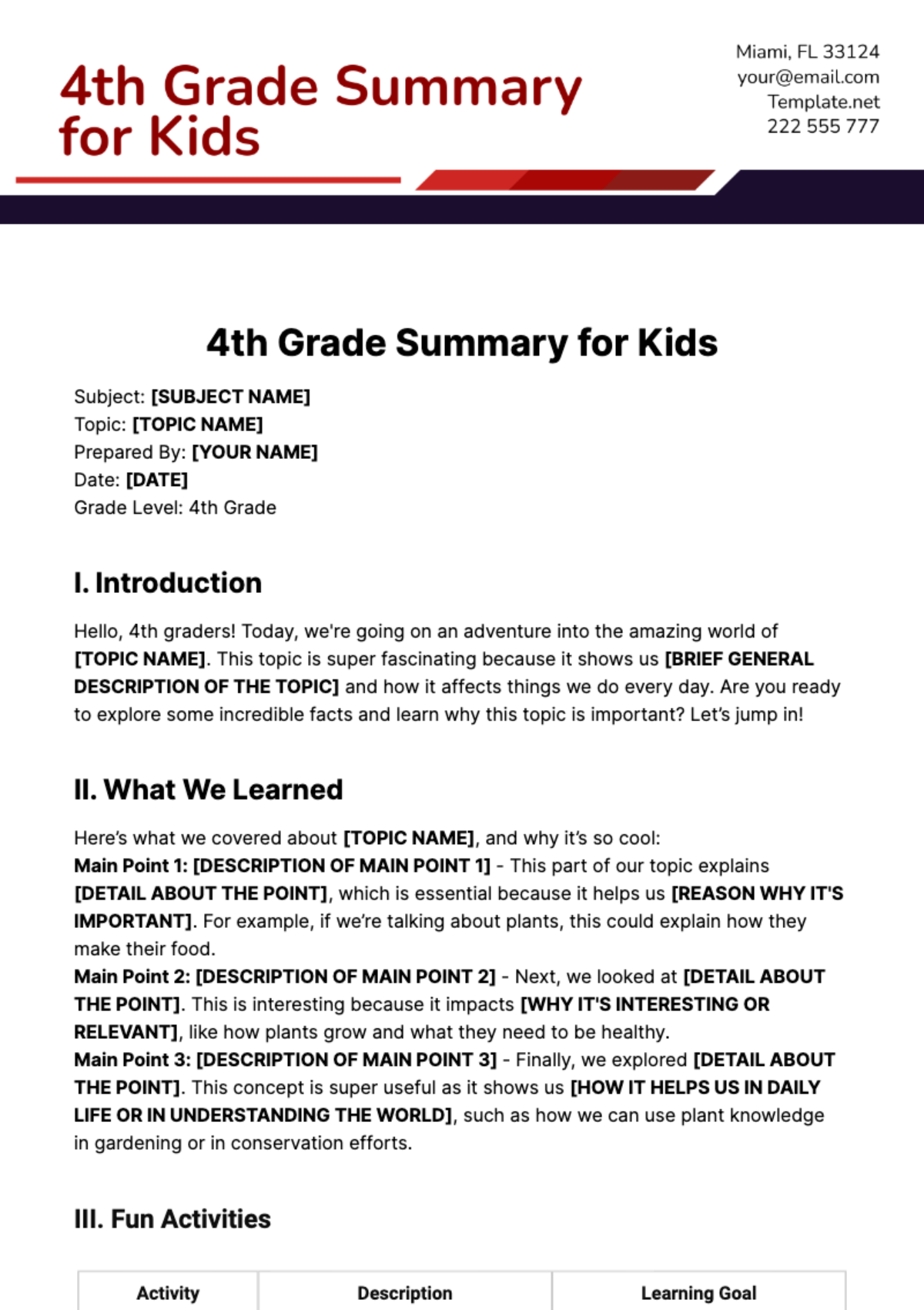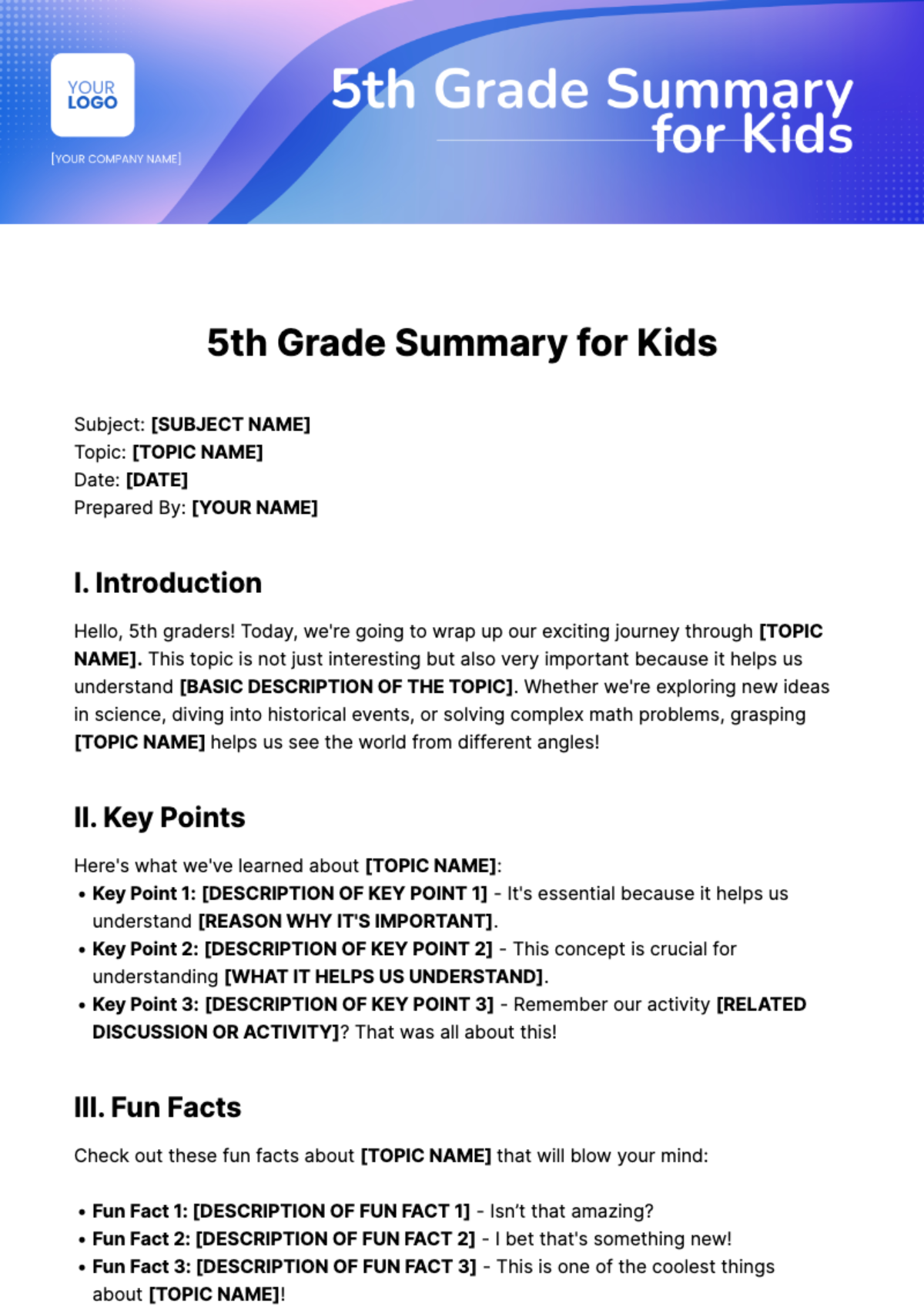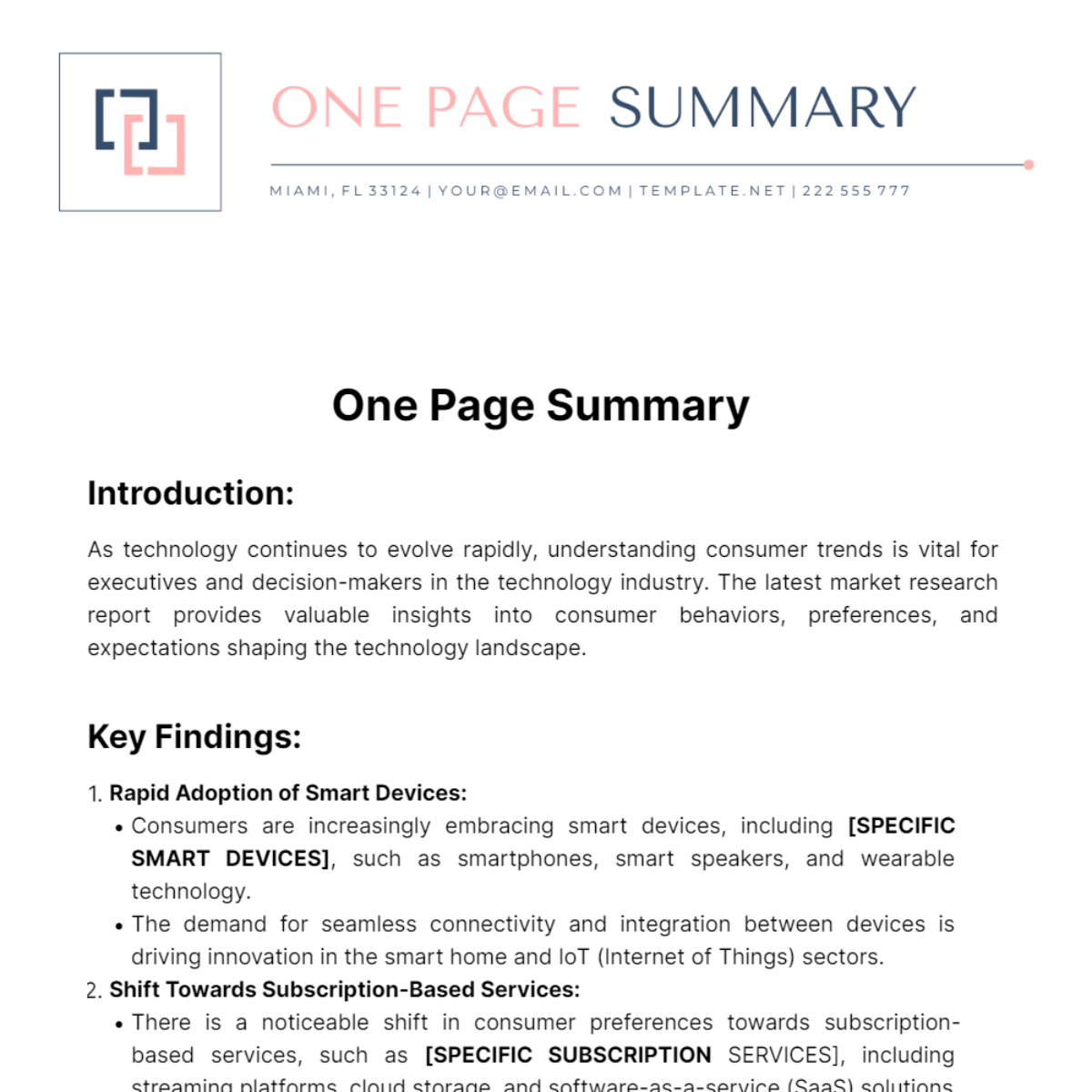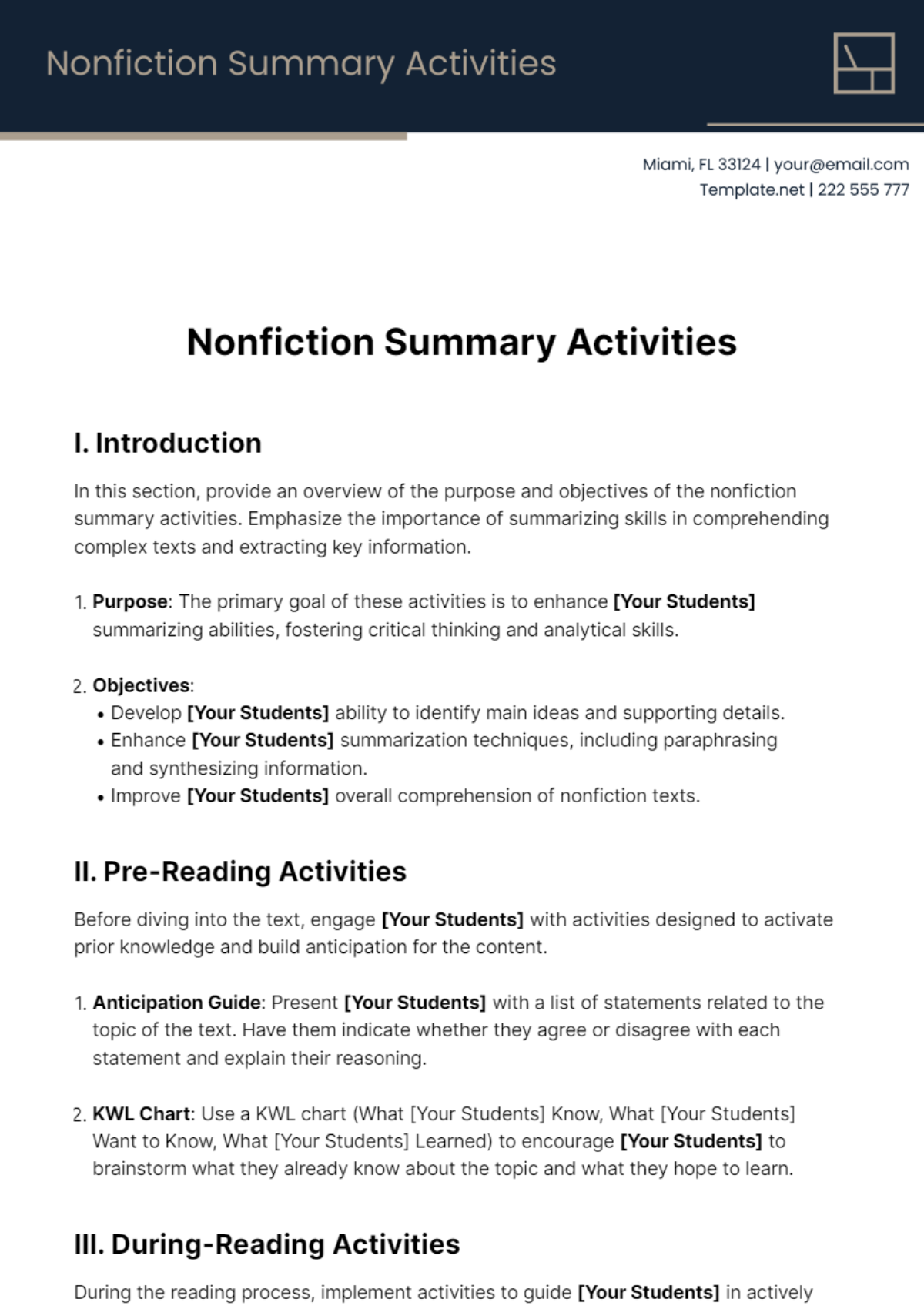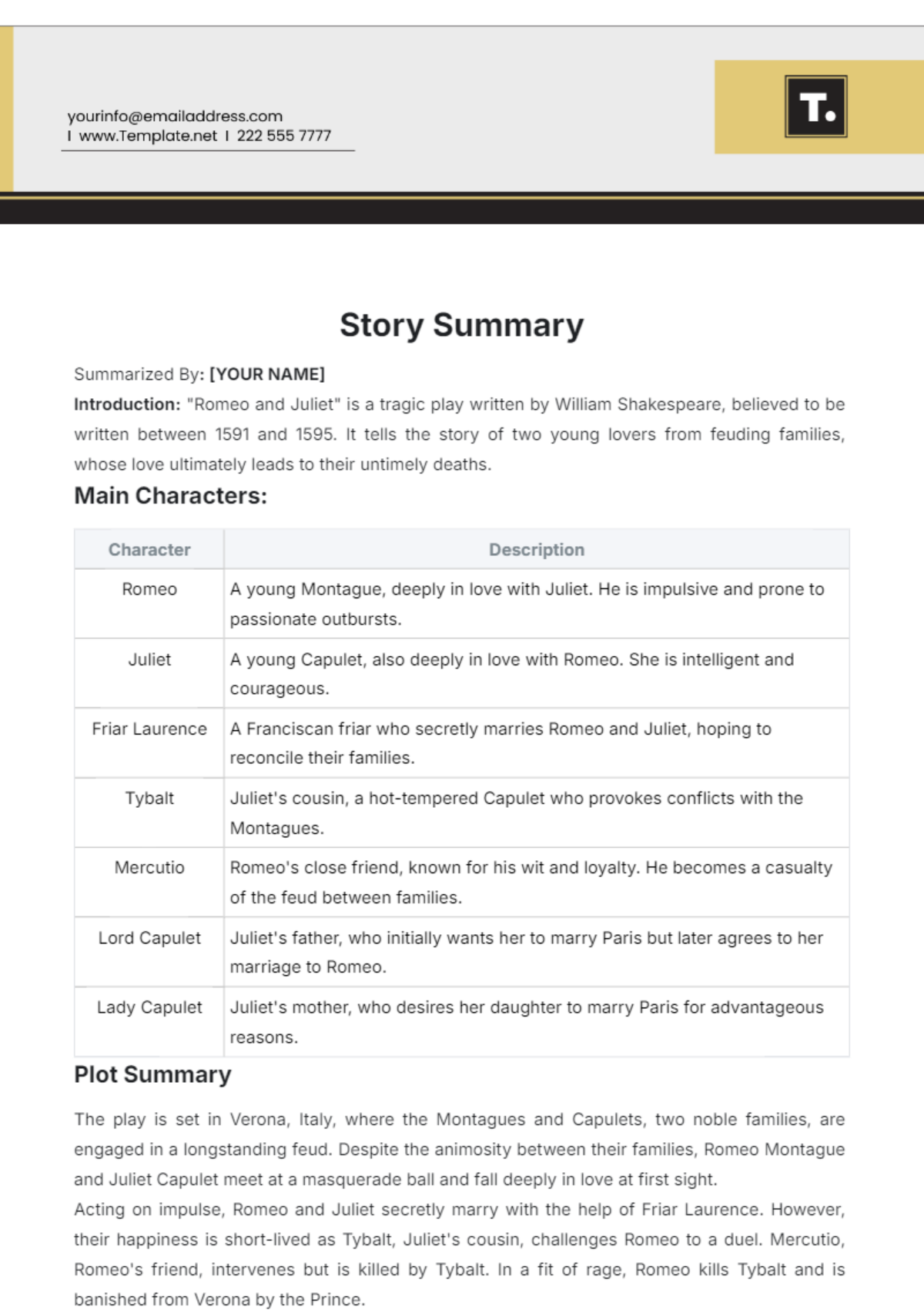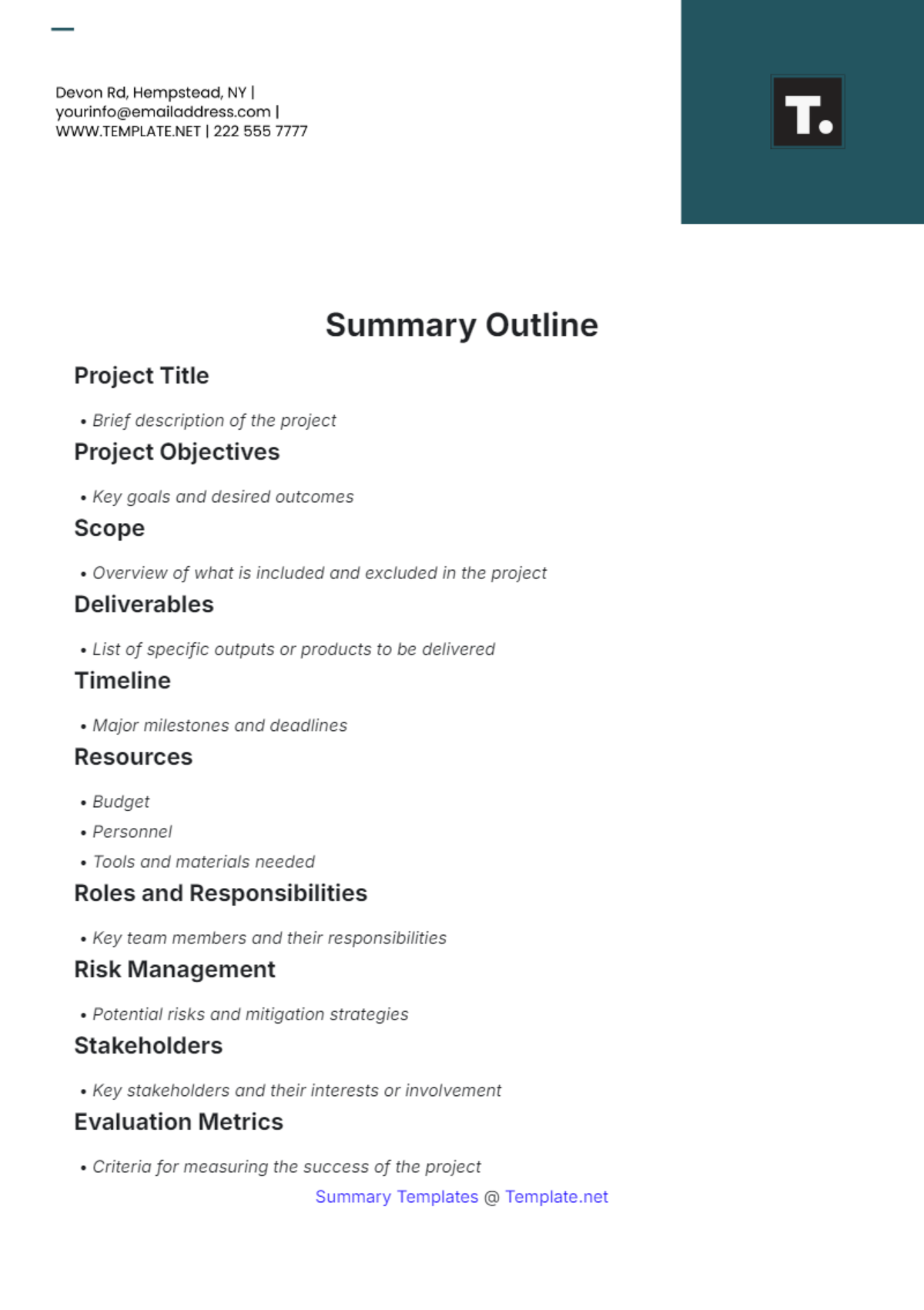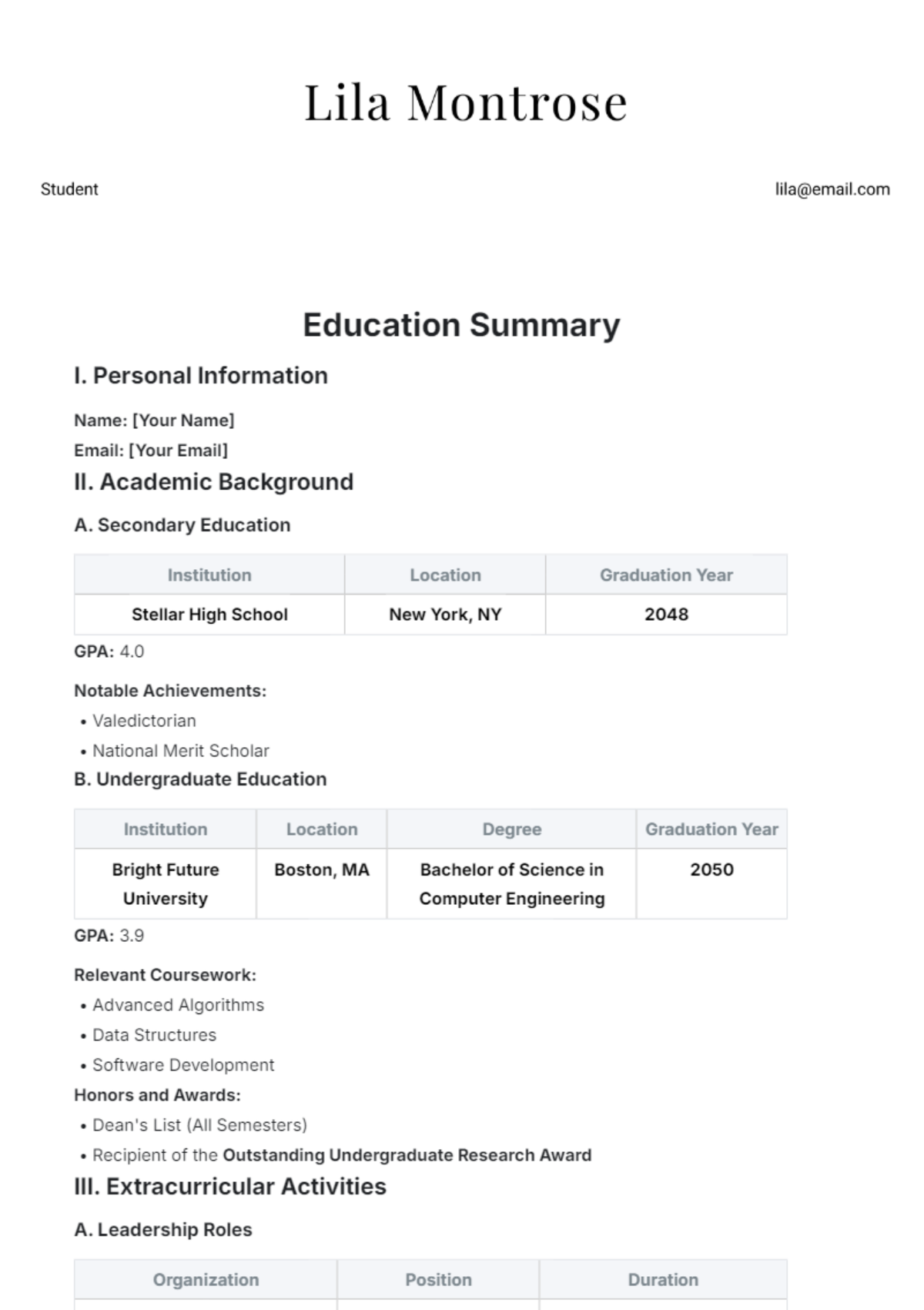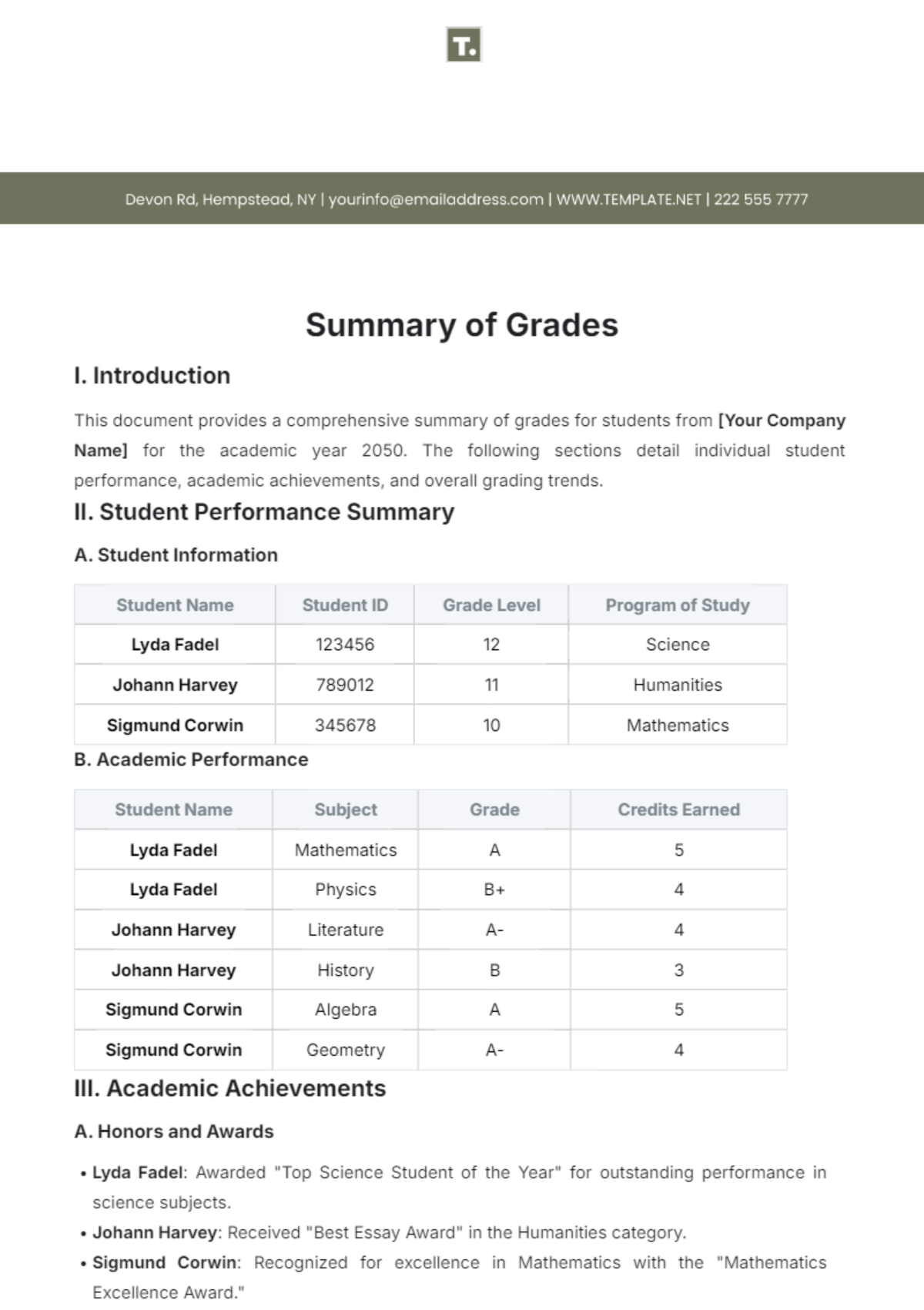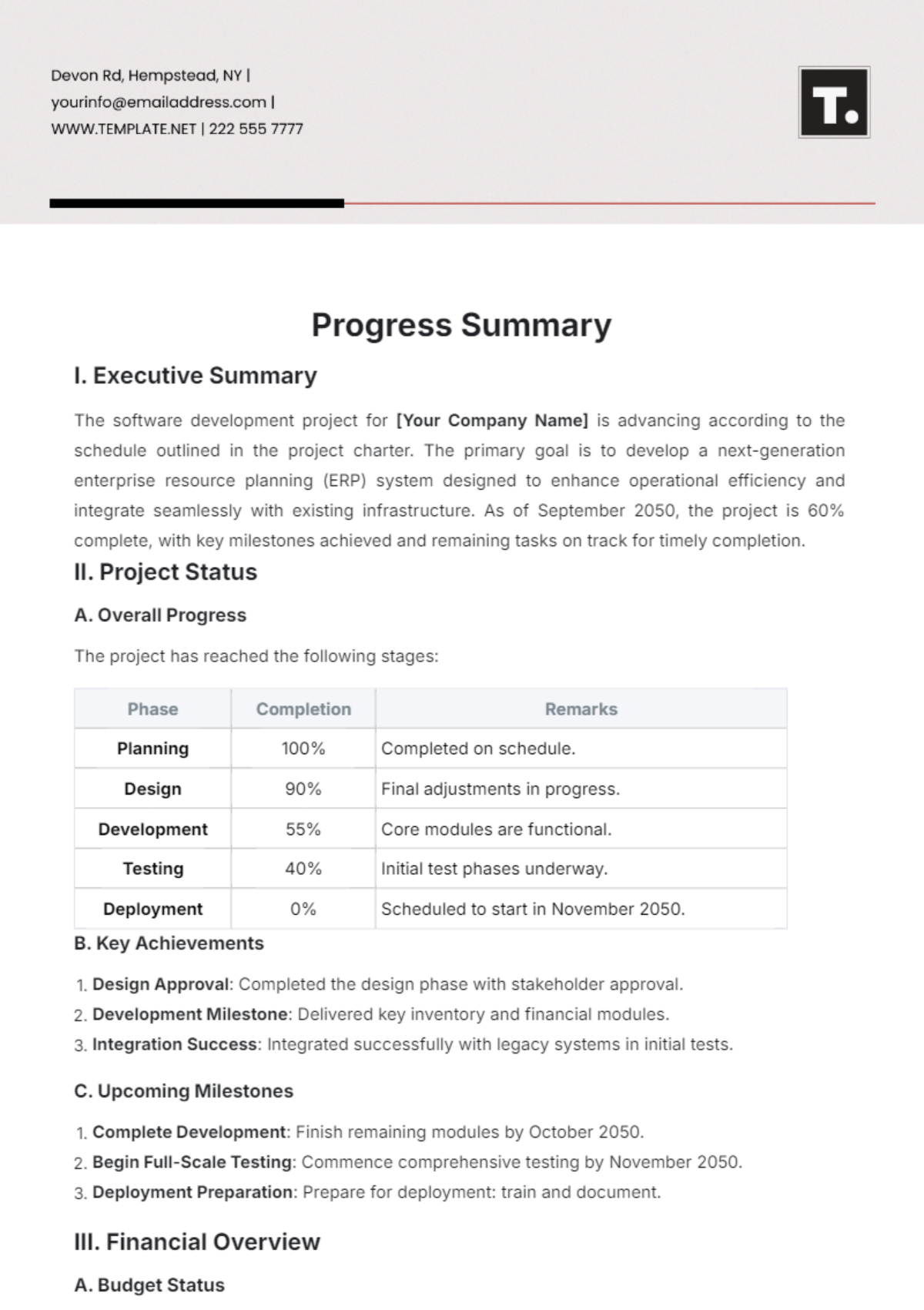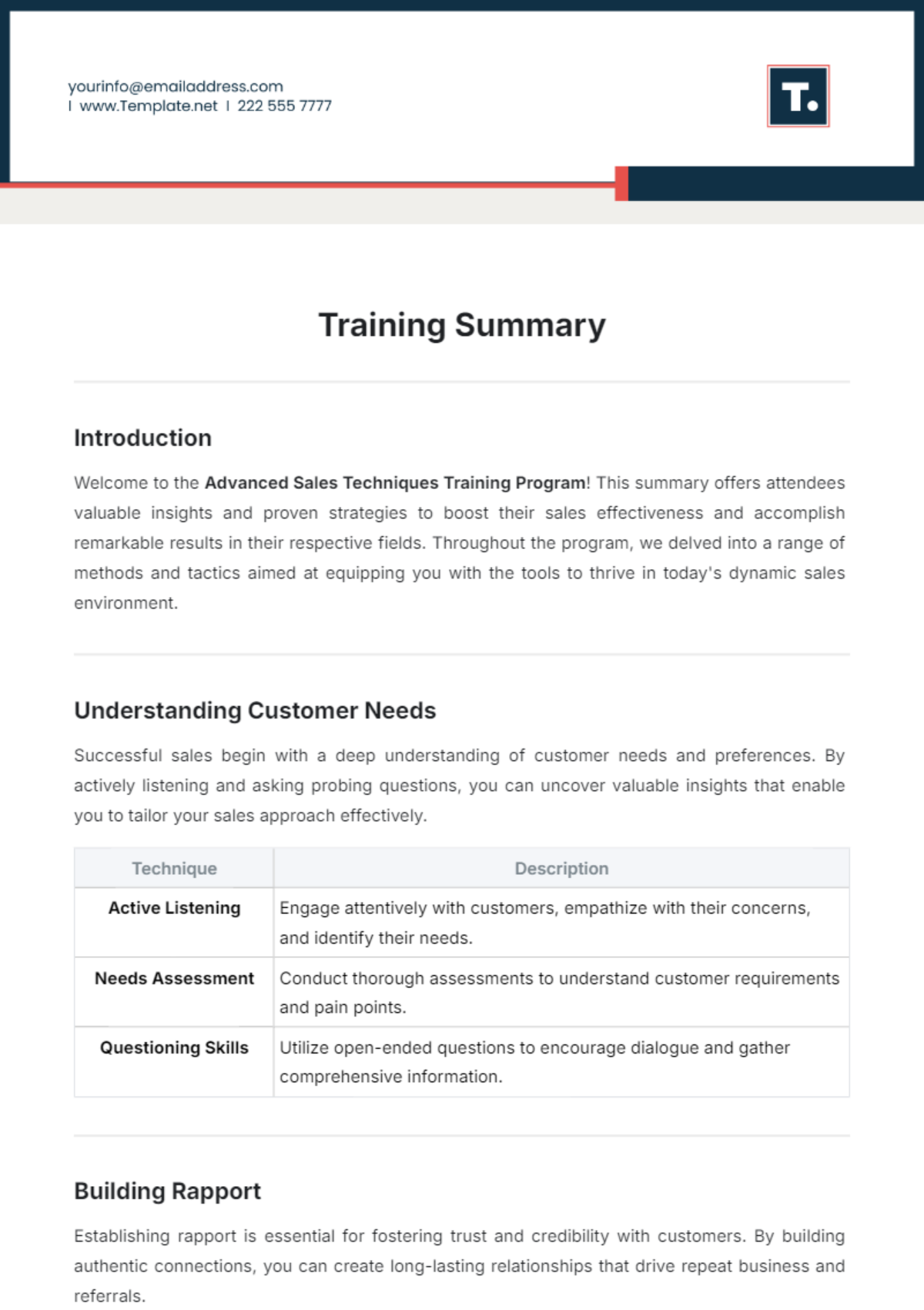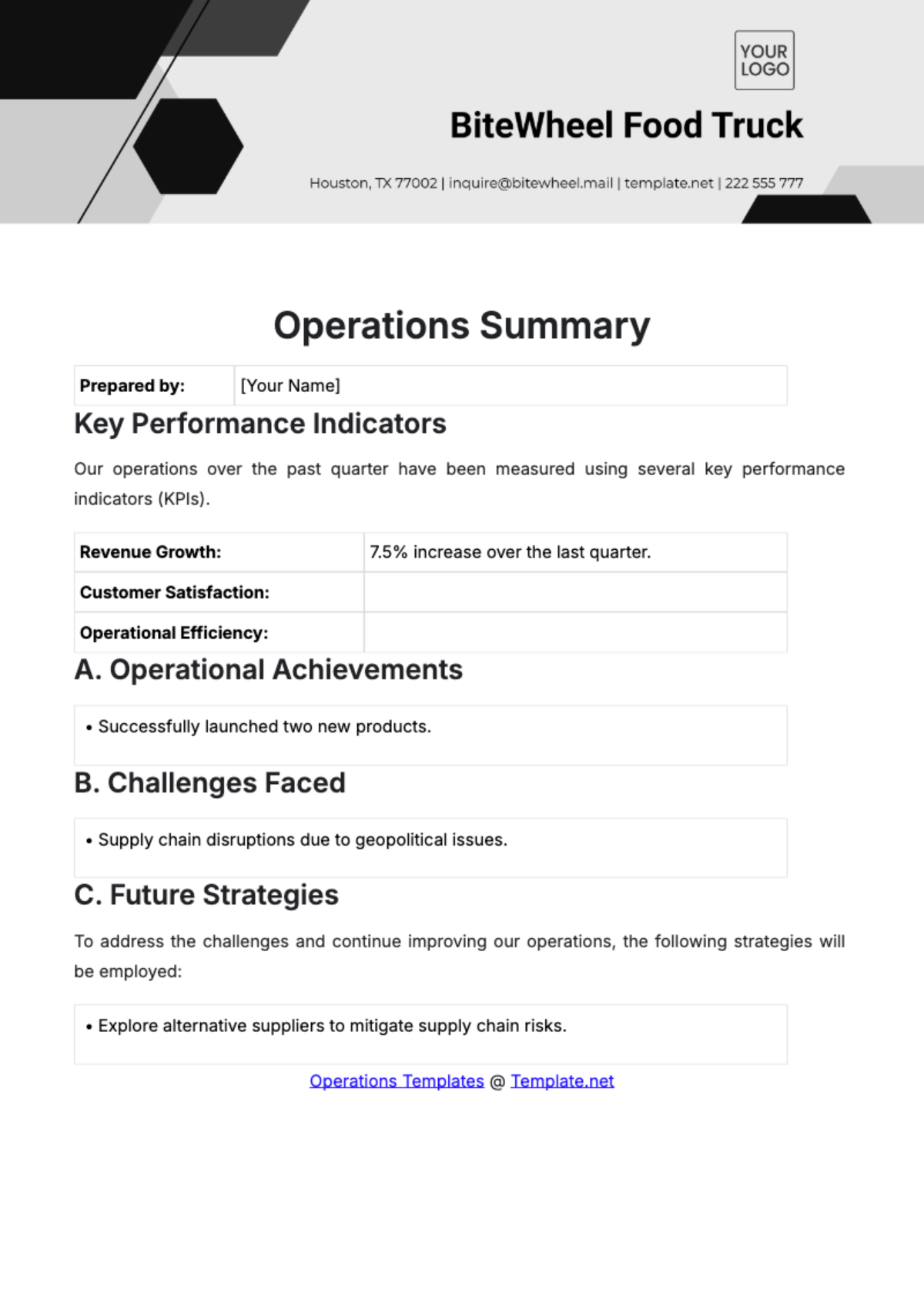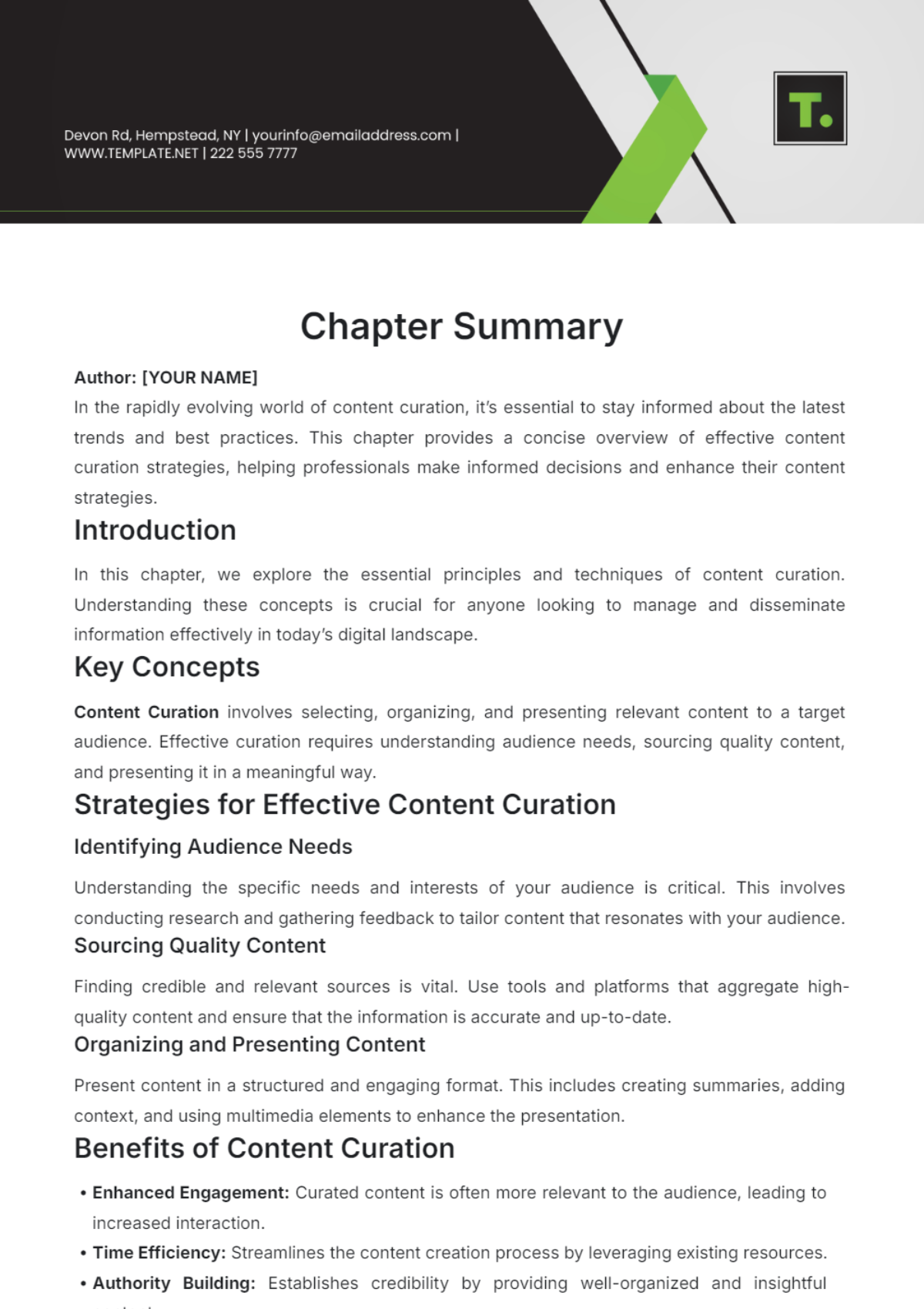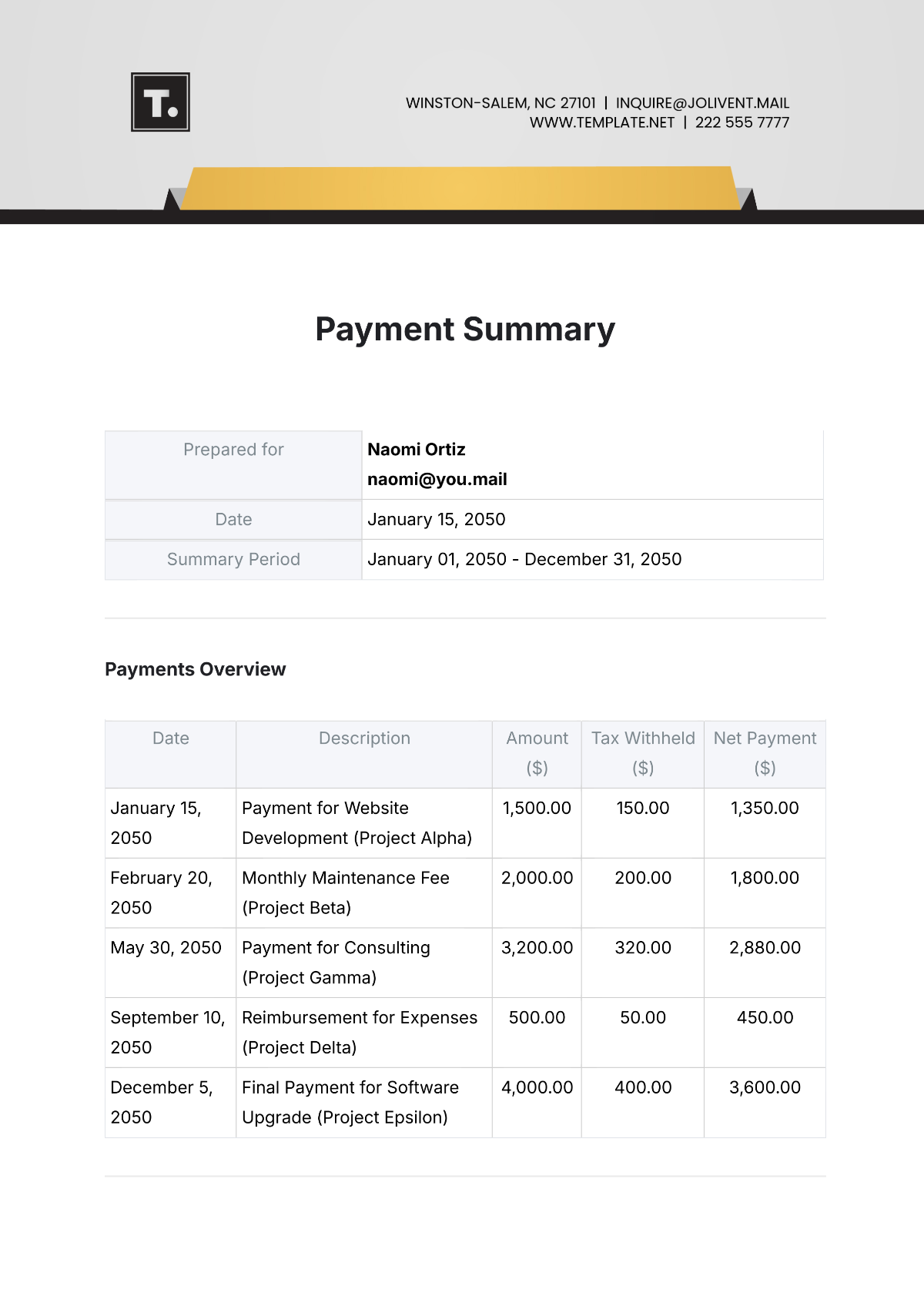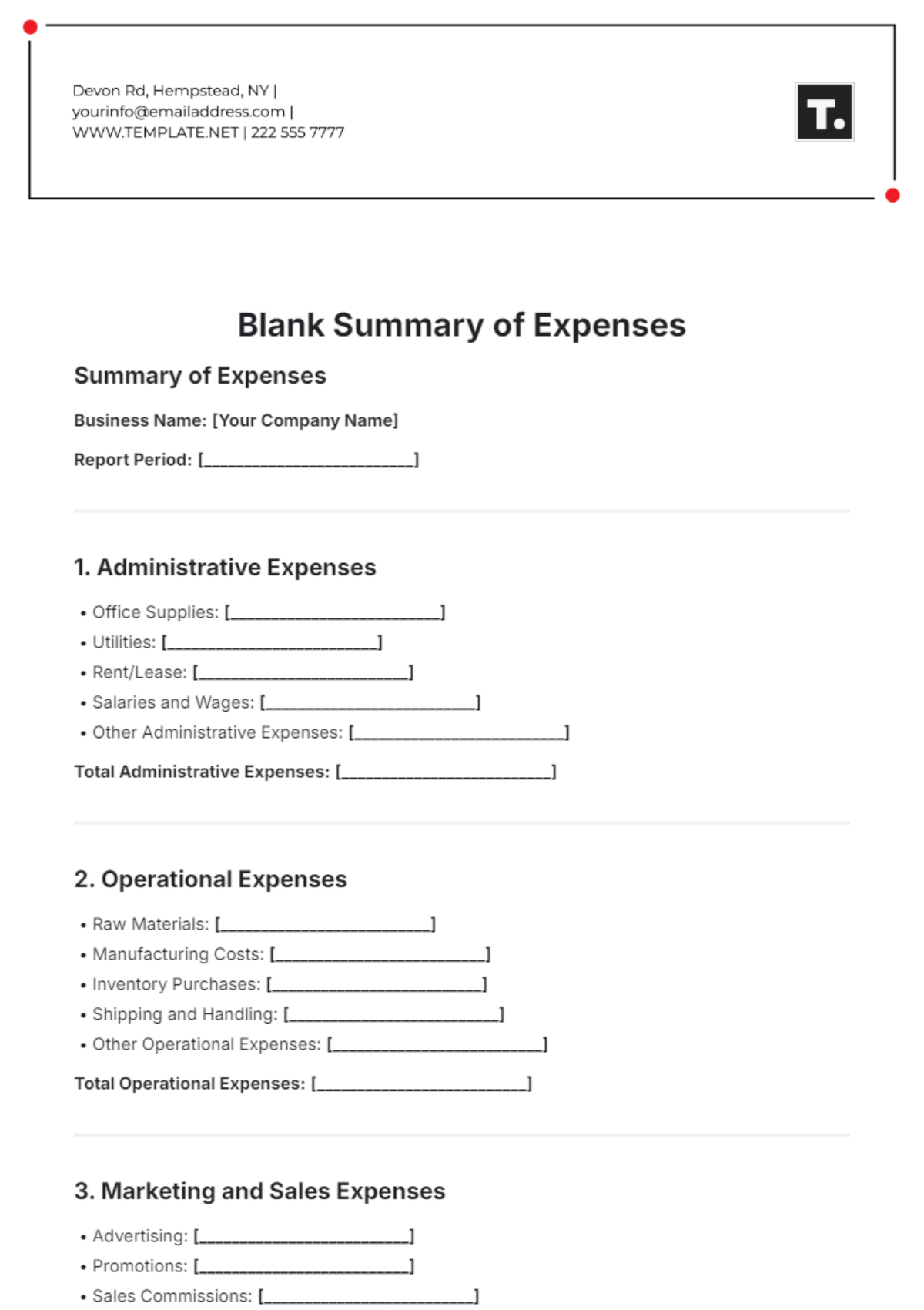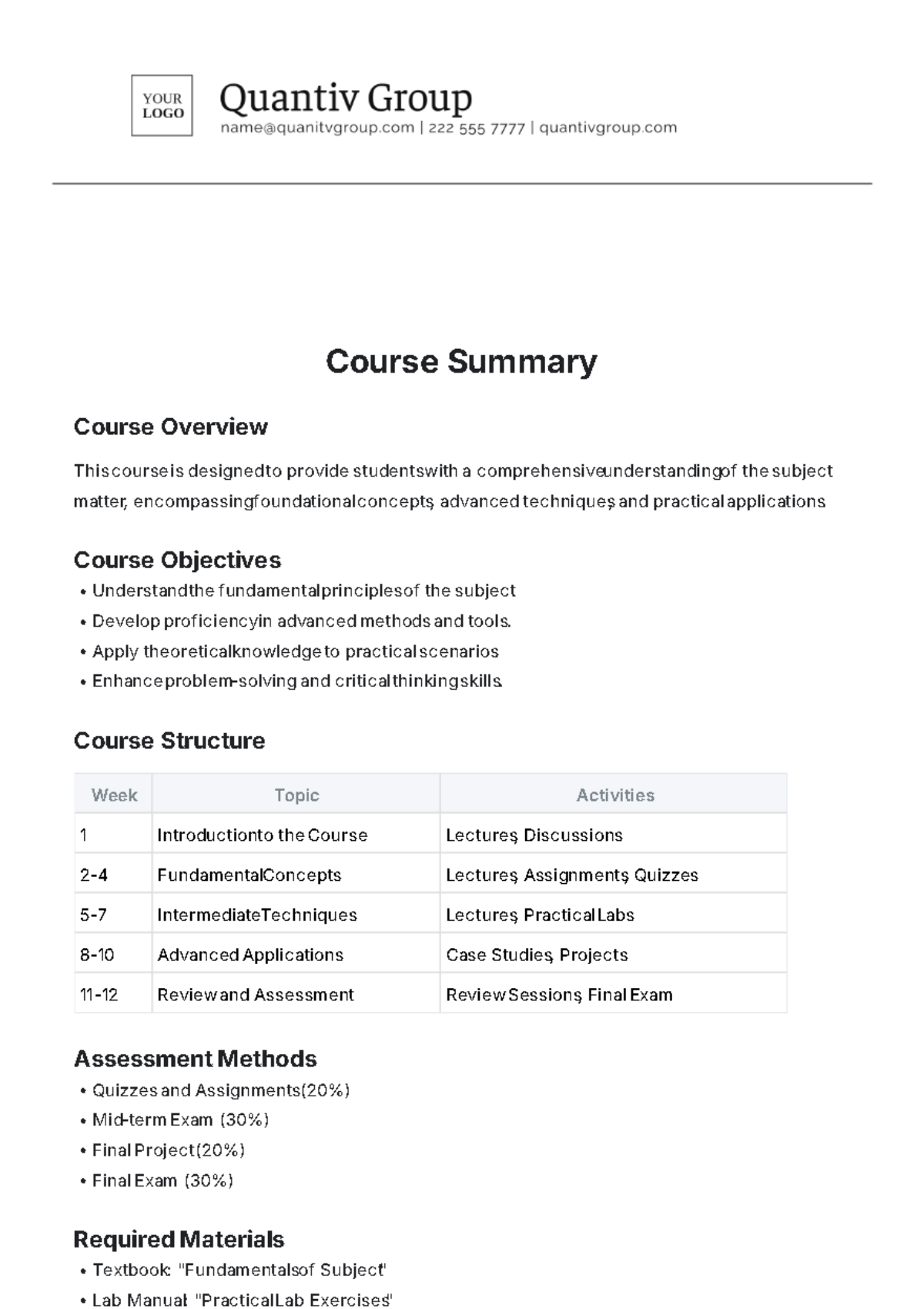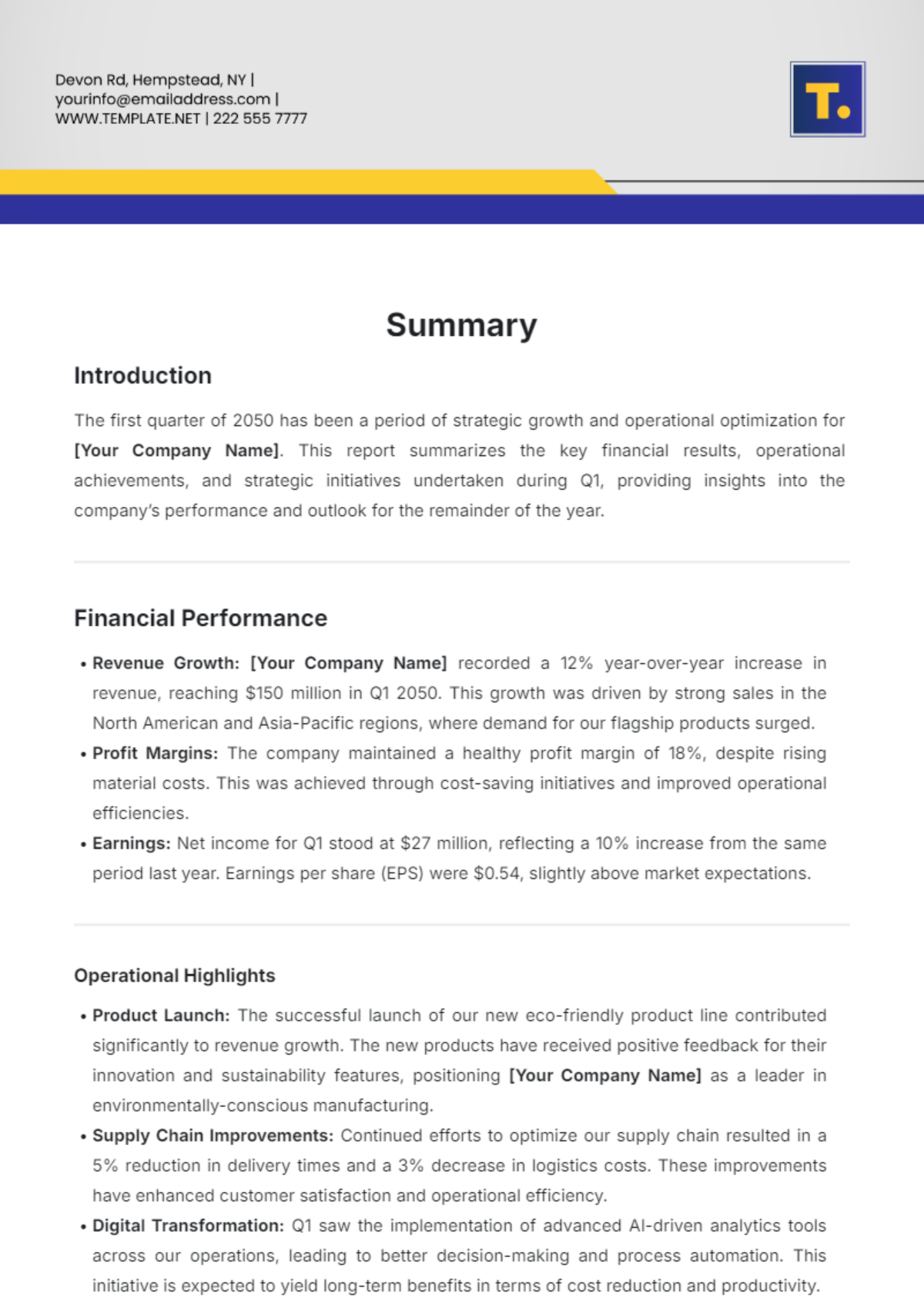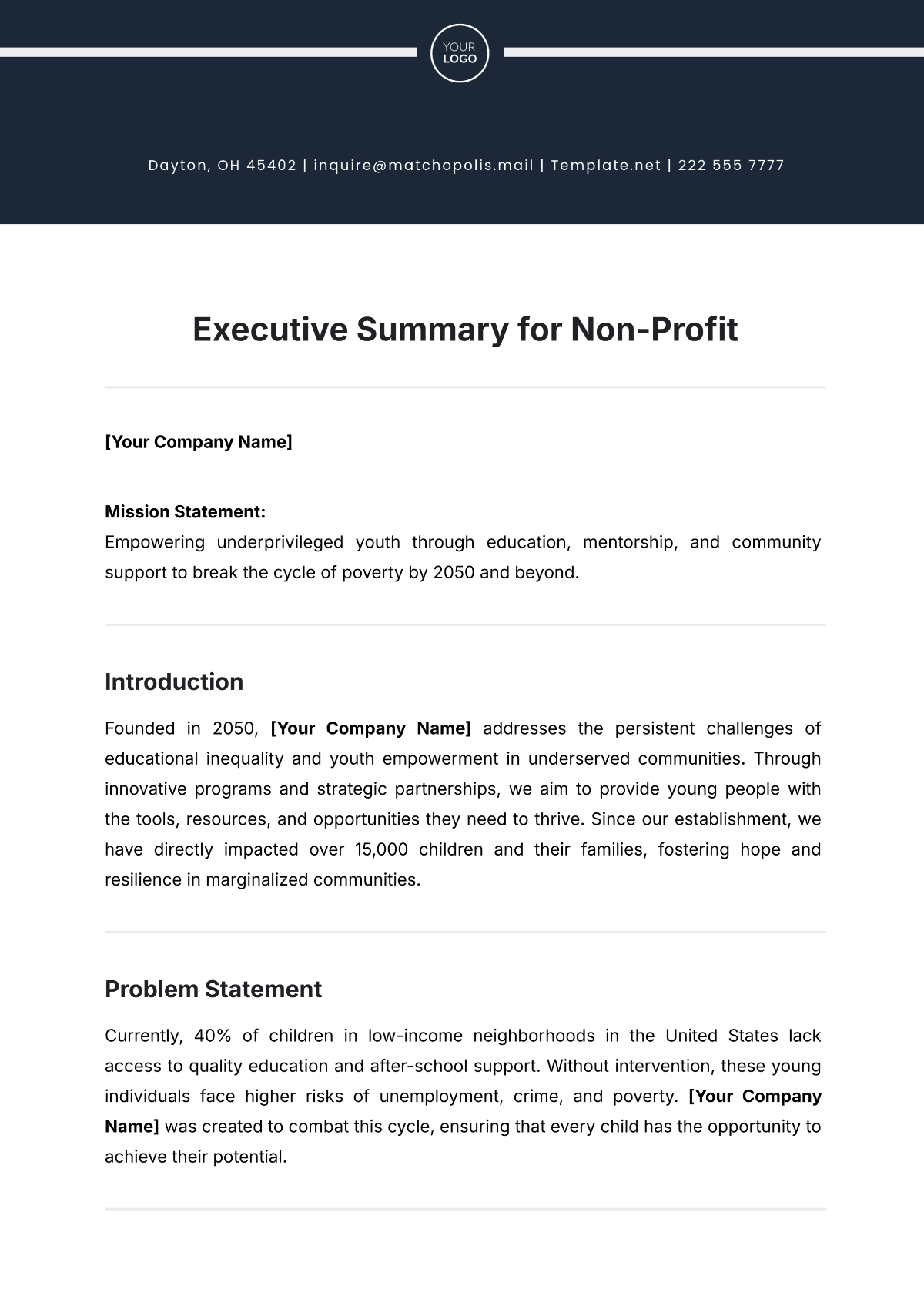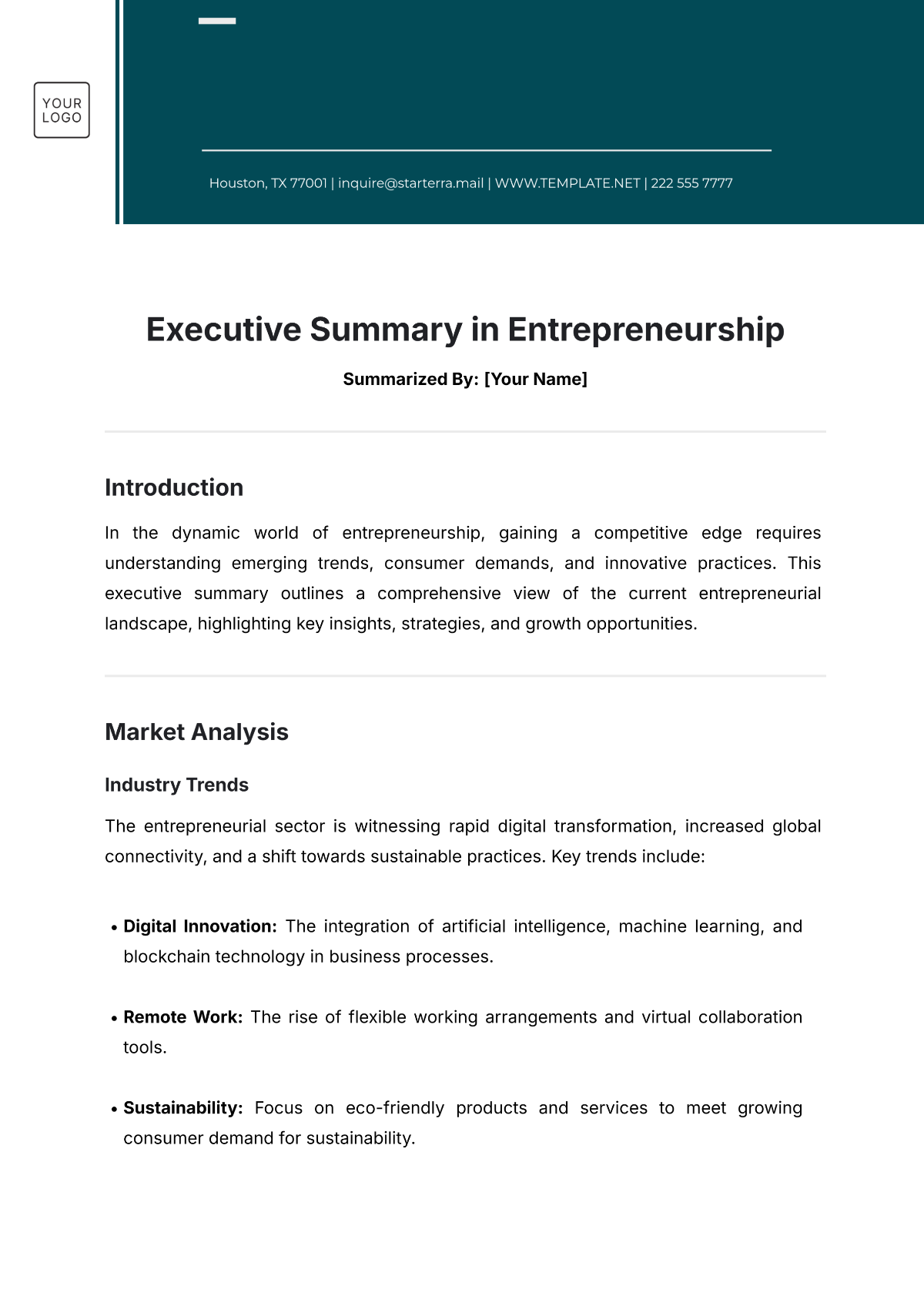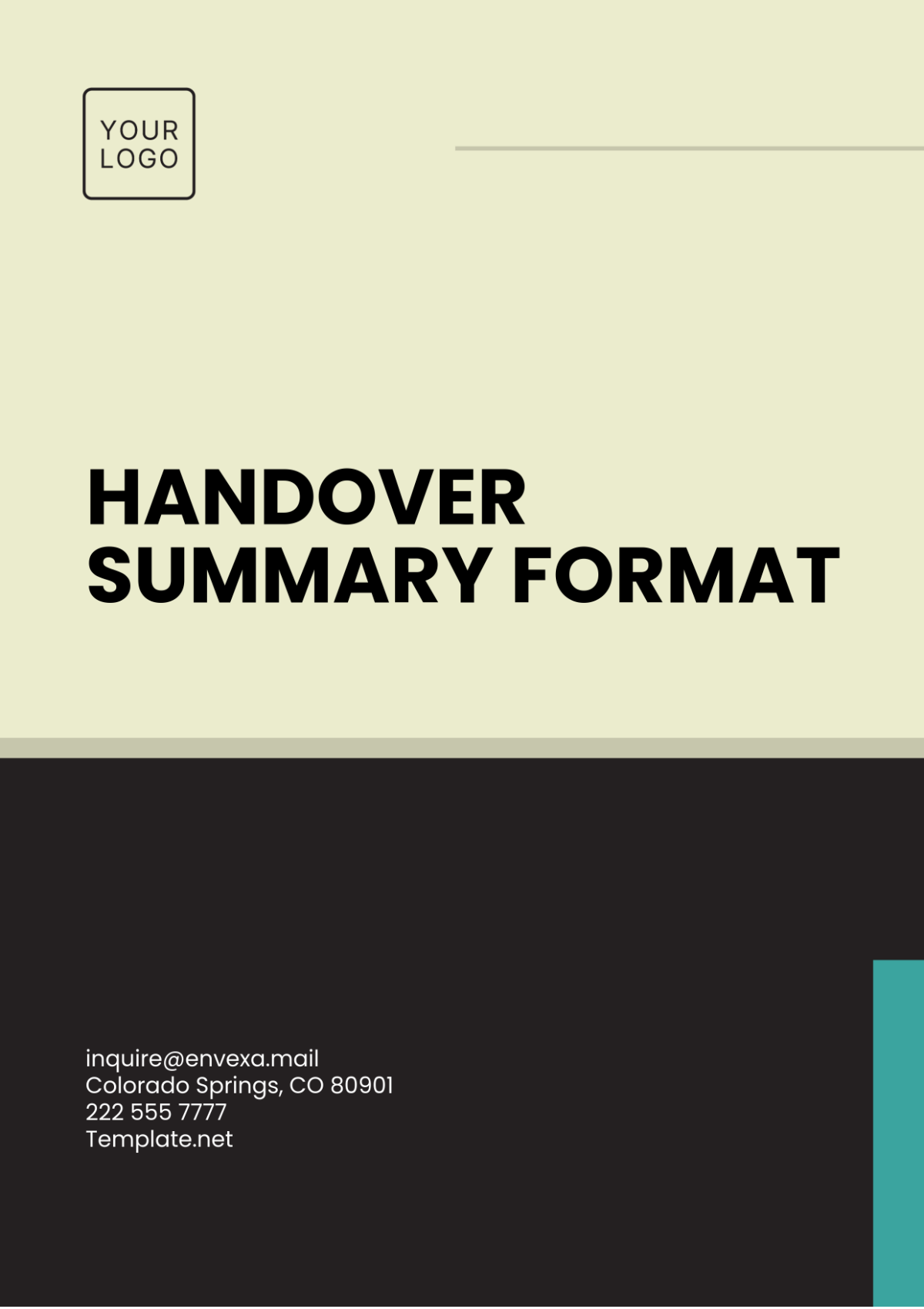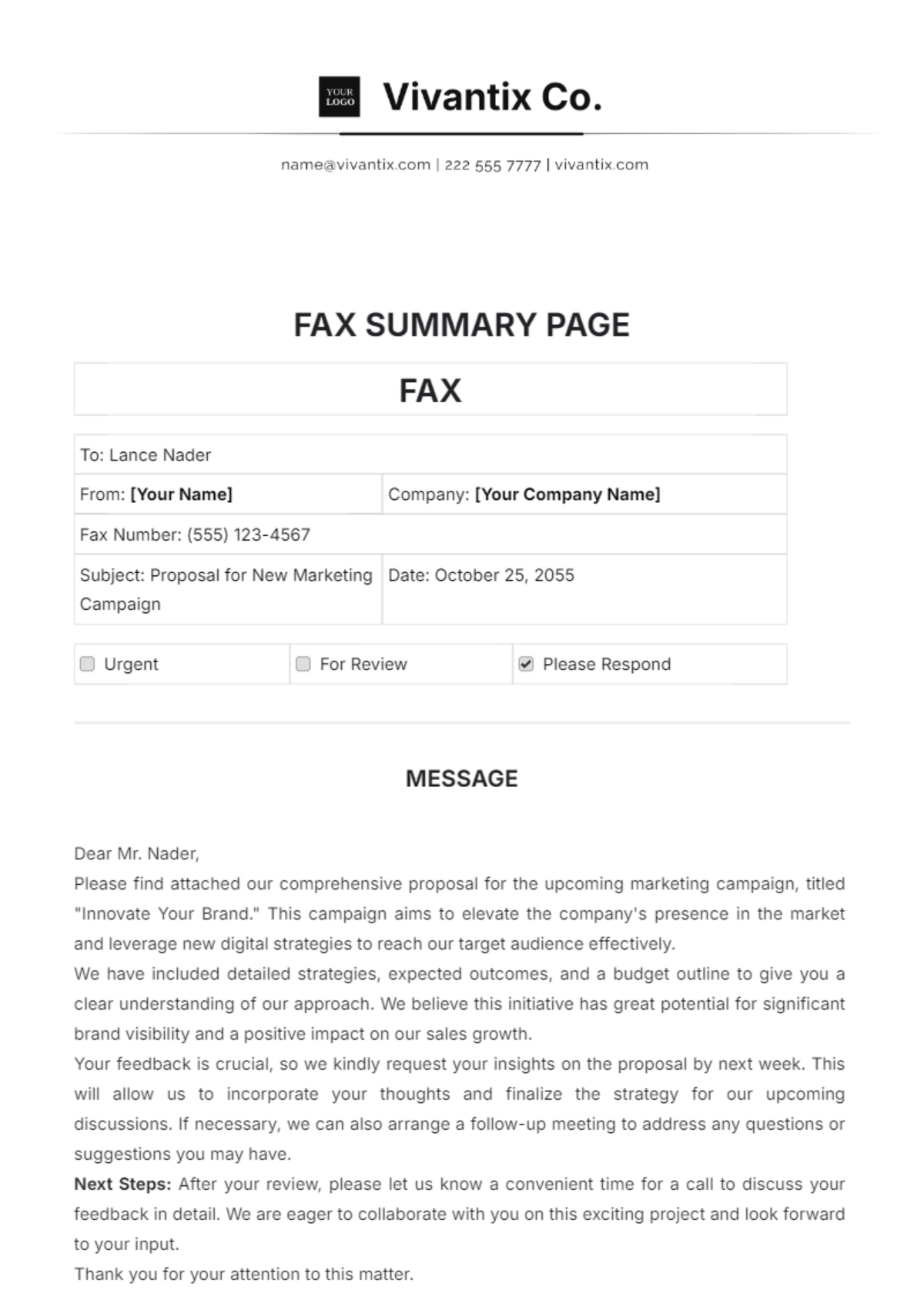Case Study Executive Summary
[YOUR COMPANY LOGO]
Prepared by: [YOUR NAME]
[YOUR POSITION]
[YOUR COMPANY NAME]
Date: [DATE]
Introduction:
The following executive summary presents key findings from a case study examining the impact of integrating renewable energy solutions into a manufacturing plant. The study aimed to assess the feasibility, benefits, and challenges associated with transitioning to renewable energy sources in the context of sustainable business practices and environmental responsibility.
Background:
The manufacturing sector is a significant contributor to greenhouse gas emissions and environmental degradation. Recognizing the need for sustainable operations, [YOUR COMPANY NAME] embarked on a journey to explore renewable energy alternatives to mitigate its environmental footprint while enhancing operational efficiency.
Case Study Methodology:
The case study employed a mixed-method approach, combining qualitative interviews with key stakeholders and quantitative analysis of energy consumption data. The research focused on [YOUR COMPANY NAME]'s manufacturing plant located in [YOUR LOCATION], evaluating the implementation of solar panels and wind turbines as renewable energy solutions.
Key Findings:
Environmental Impact:
The integration of renewable energy solutions resulted in a significant reduction in carbon emissions, aligning with [YOUR COMPANY NAME]'s sustainability goals.
Solar panels and wind turbines contributed to the plant's energy independence, reducing reliance on fossil fuels and mitigating environmental risks associated with traditional energy sources.
Operational Efficiency:
Renewable energy technologies enhanced the manufacturing plant's energy efficiency, leading to cost savings and improved resource utilization.
Real-time monitoring and data analytics facilitated better decision-making, optimizing energy consumption and production processes.
Financial Benefits:
Despite initial investment costs, the long-term financial benefits of renewable energy adoption outweighed the expenses, resulting in favorable return on investment (ROI).
Government incentives and renewable energy tax credits further incentivized [Your Company Name]'s transition to clean energy, enhancing financial viability.
Challenges and Recommendations:
Initial Investment: The upfront costs associated with implementing renewable energy solutions posed a barrier to adoption for some organizations. To address this challenge, [Your Company Name] recommends exploring financing options and leveraging partnerships with renewable energy providers.
Technological Integration: Integrating renewable energy technologies into existing infrastructure requires careful planning and technical expertise. [Your Company Name] suggests collaborating with renewable energy experts and investing in employee training to ensure seamless integration and optimal performance.
Regulatory Environment: Regulatory frameworks and policies governing renewable energy vary by region and may impact implementation strategies. [YOUR COMPANY NAME] advocates for proactive engagement with regulatory authorities and advocacy for supportive policies to facilitate renewable energy adoption.
Conclusion:
The case study highlights the transformative potential of renewable energy solutions in the manufacturing sector, demonstrating tangible benefits in terms of environmental stewardship, operational efficiency, and financial sustainability. [Your Company Name]'s experience serves as a compelling example of how businesses can drive positive change by embracing renewable energy technologies.

